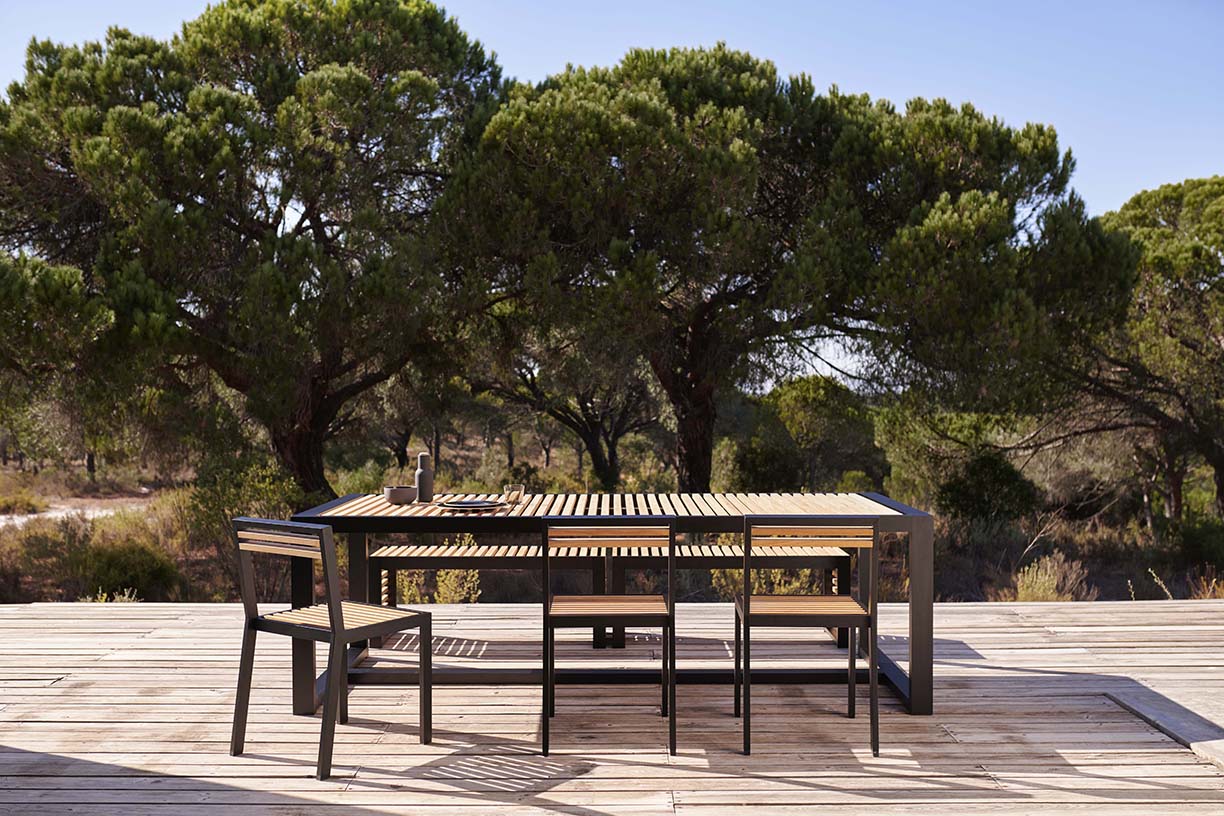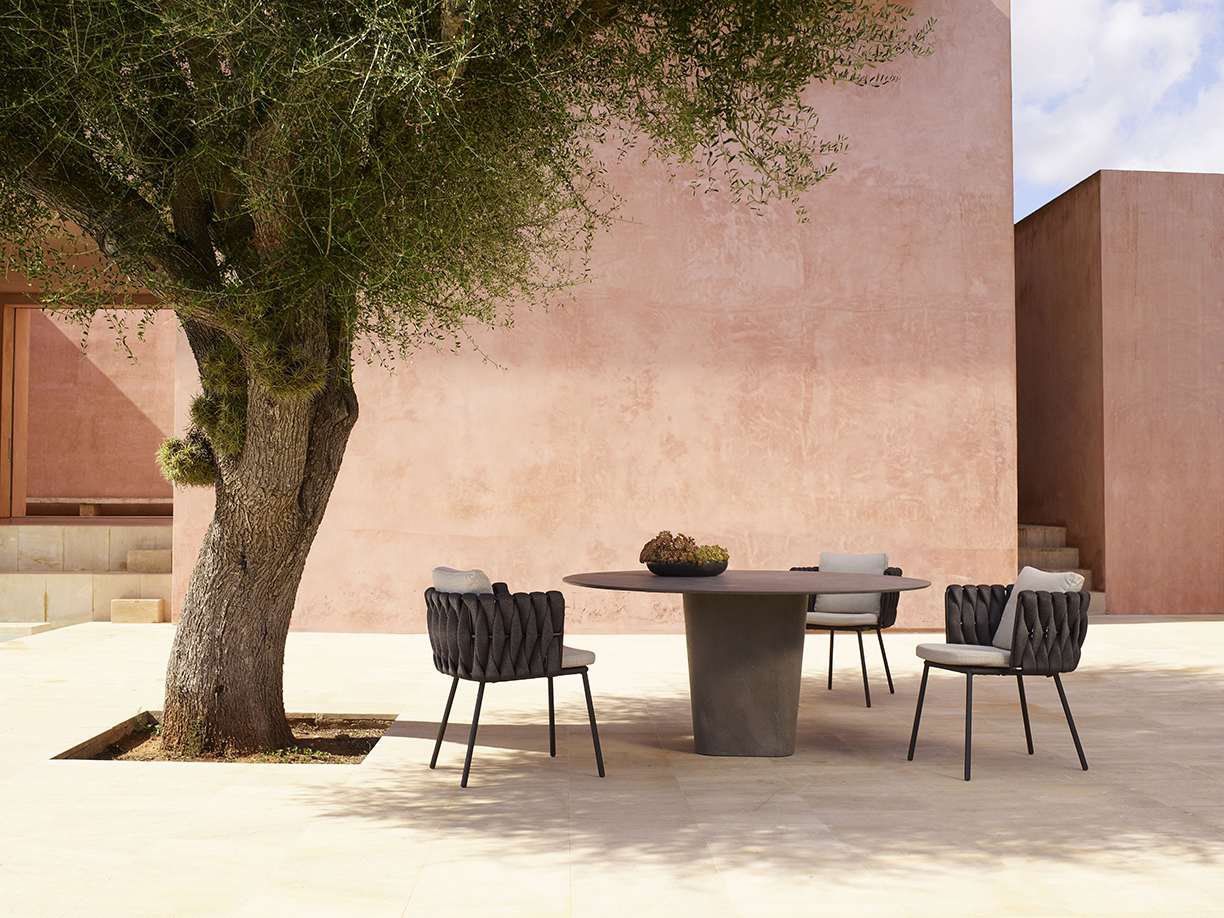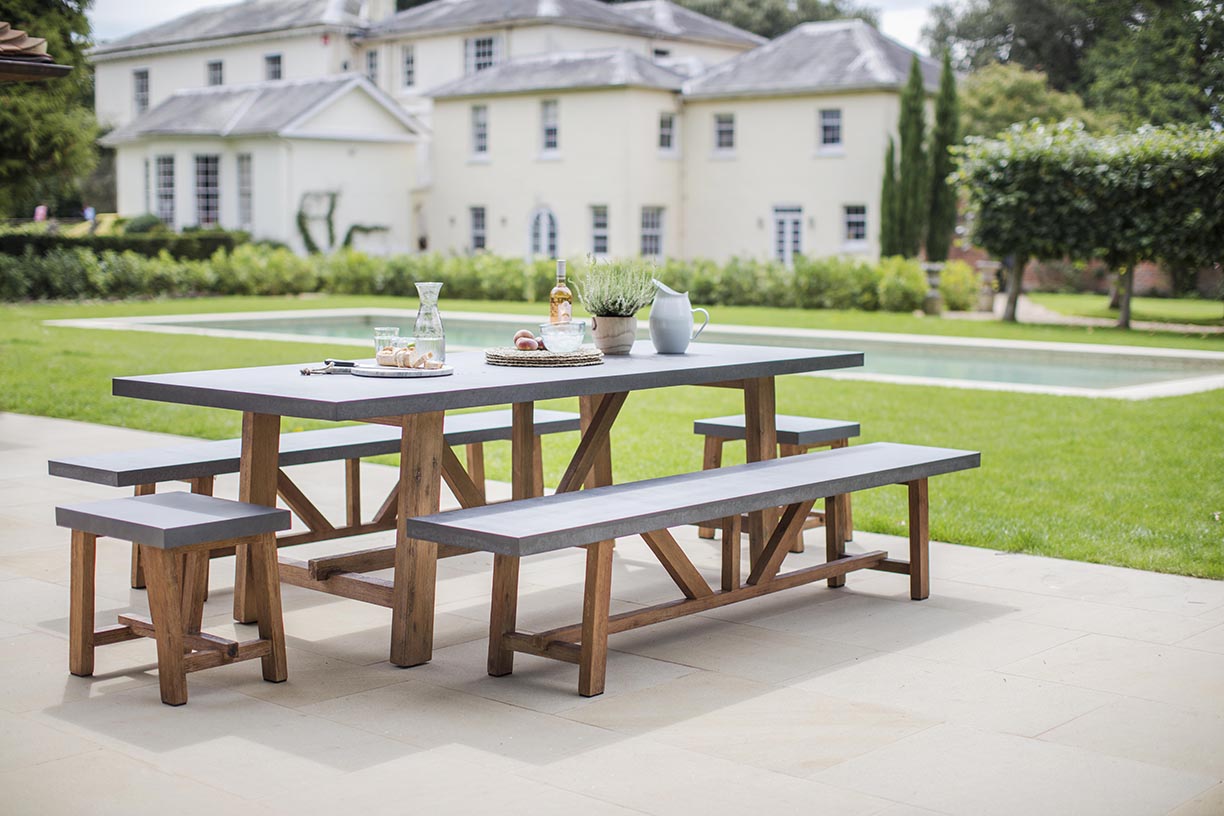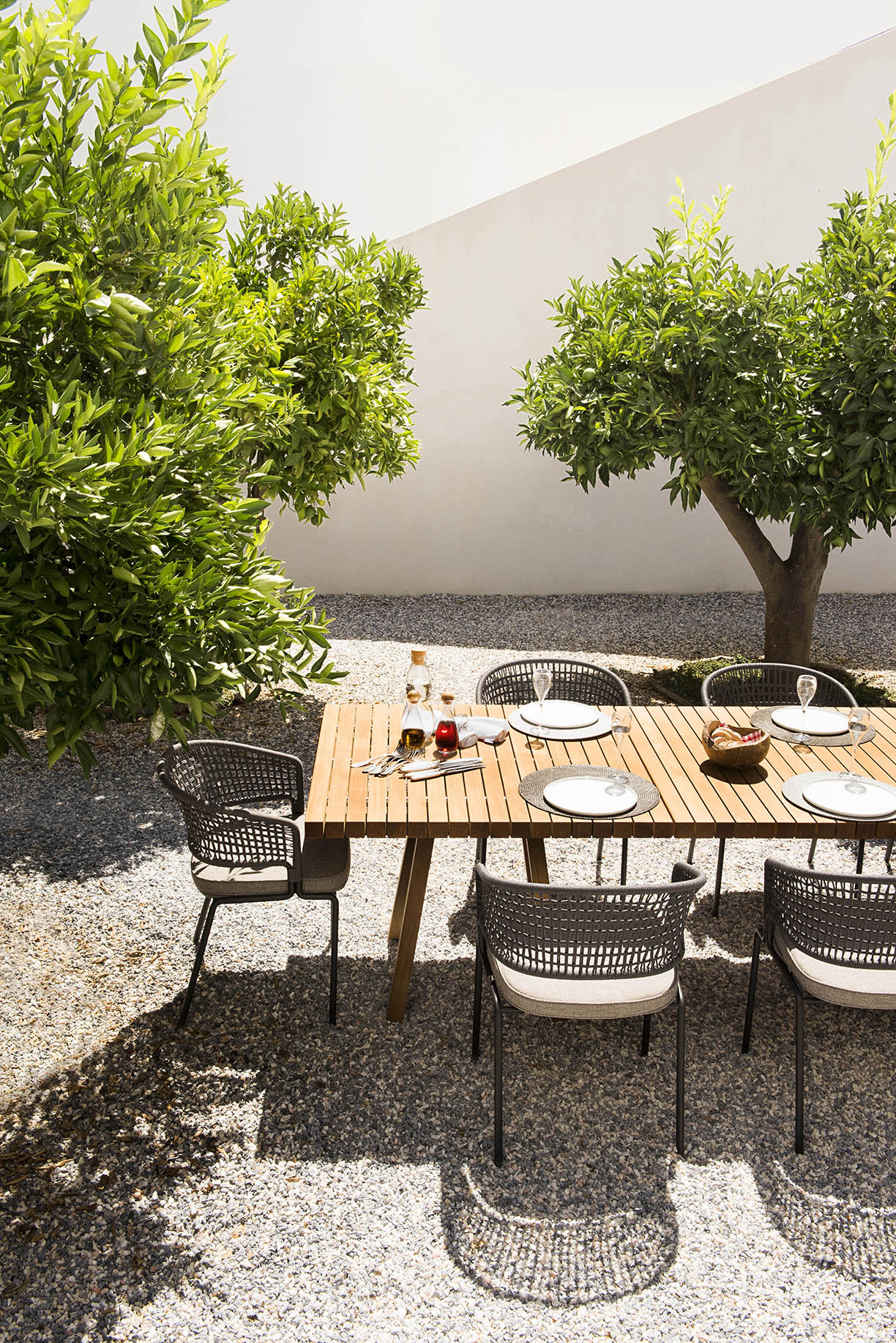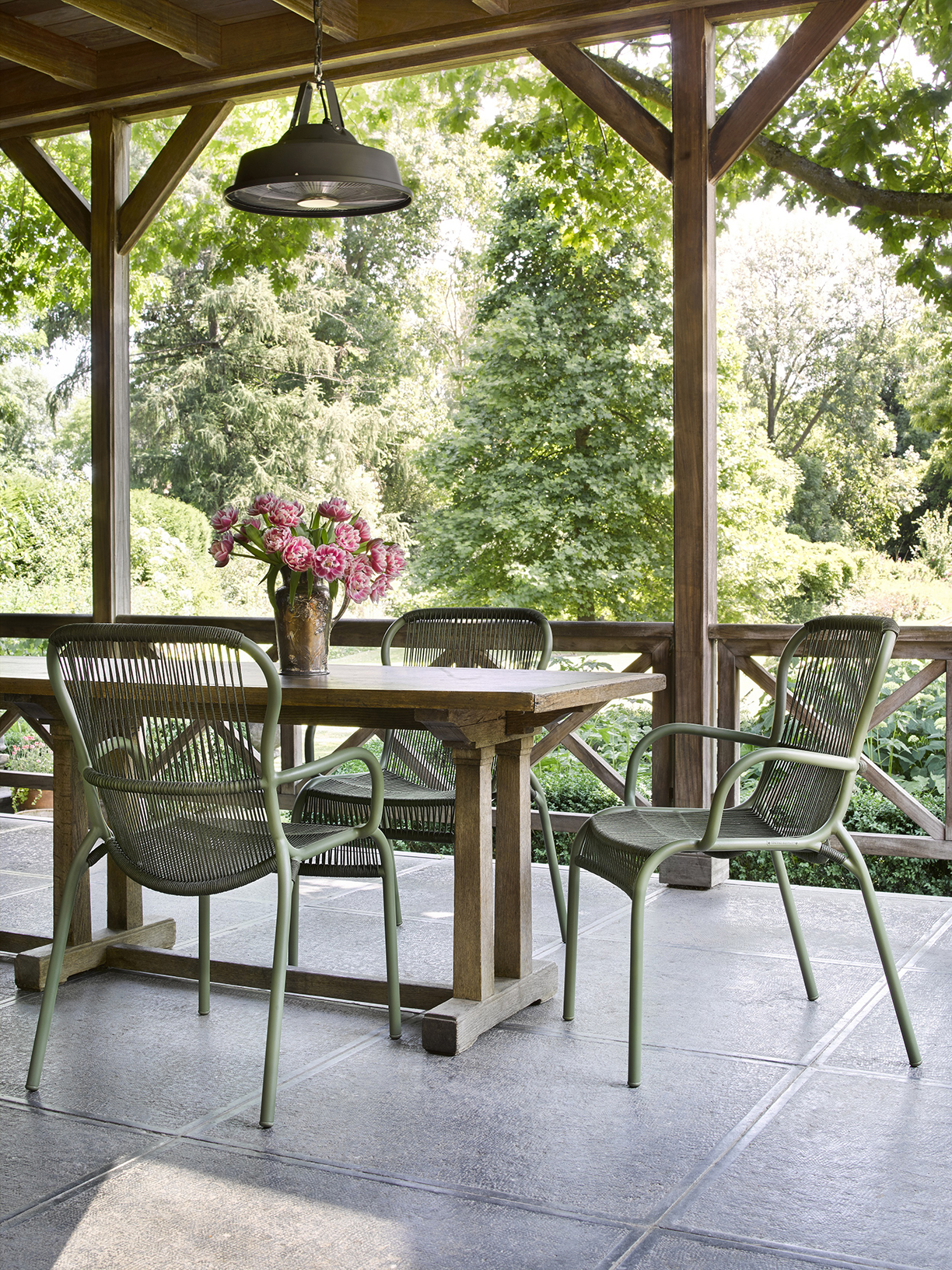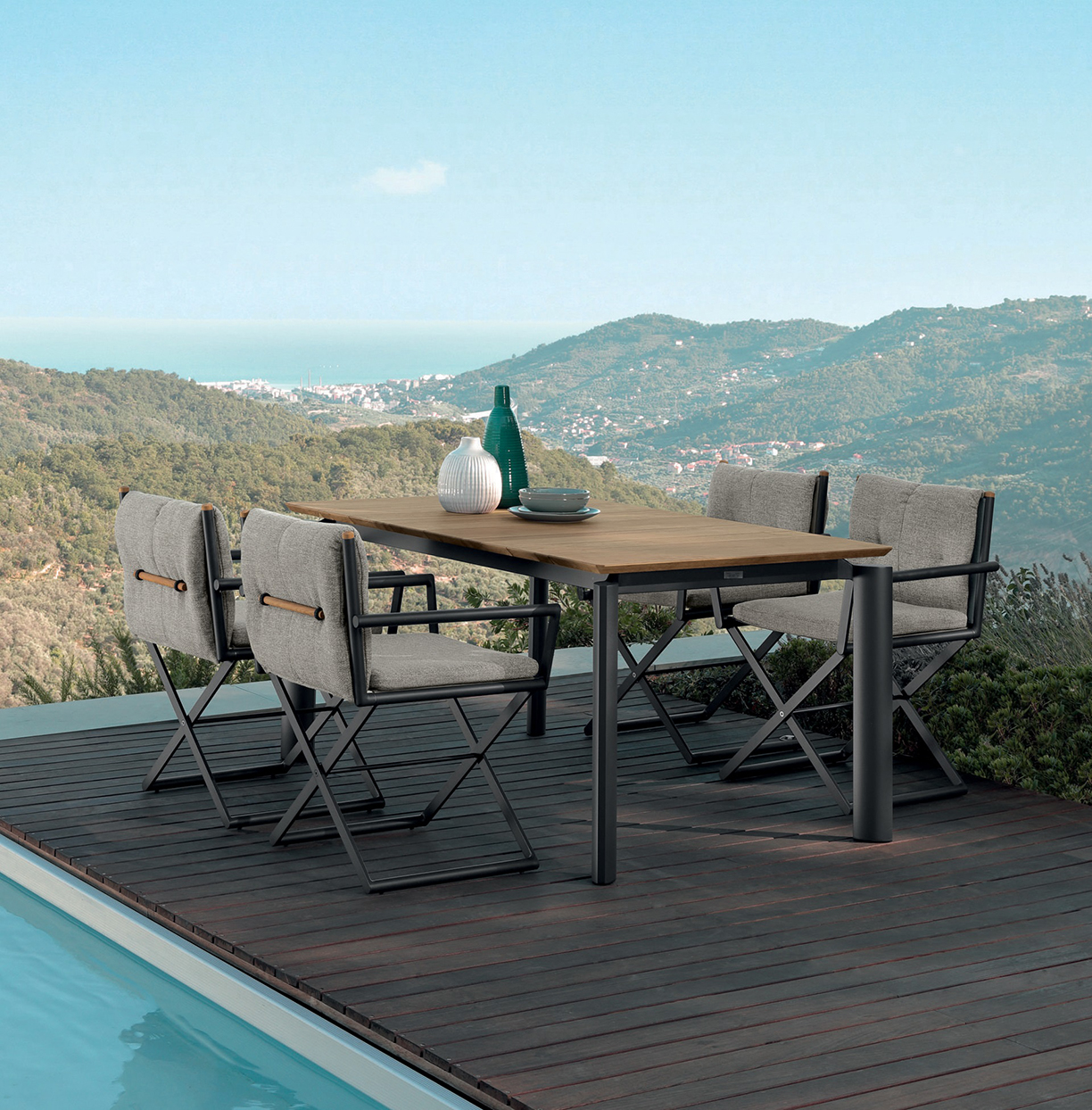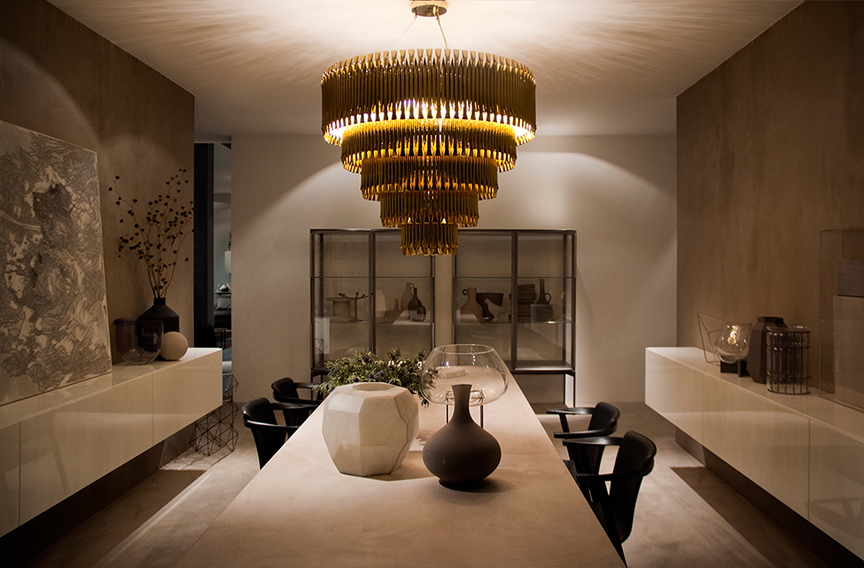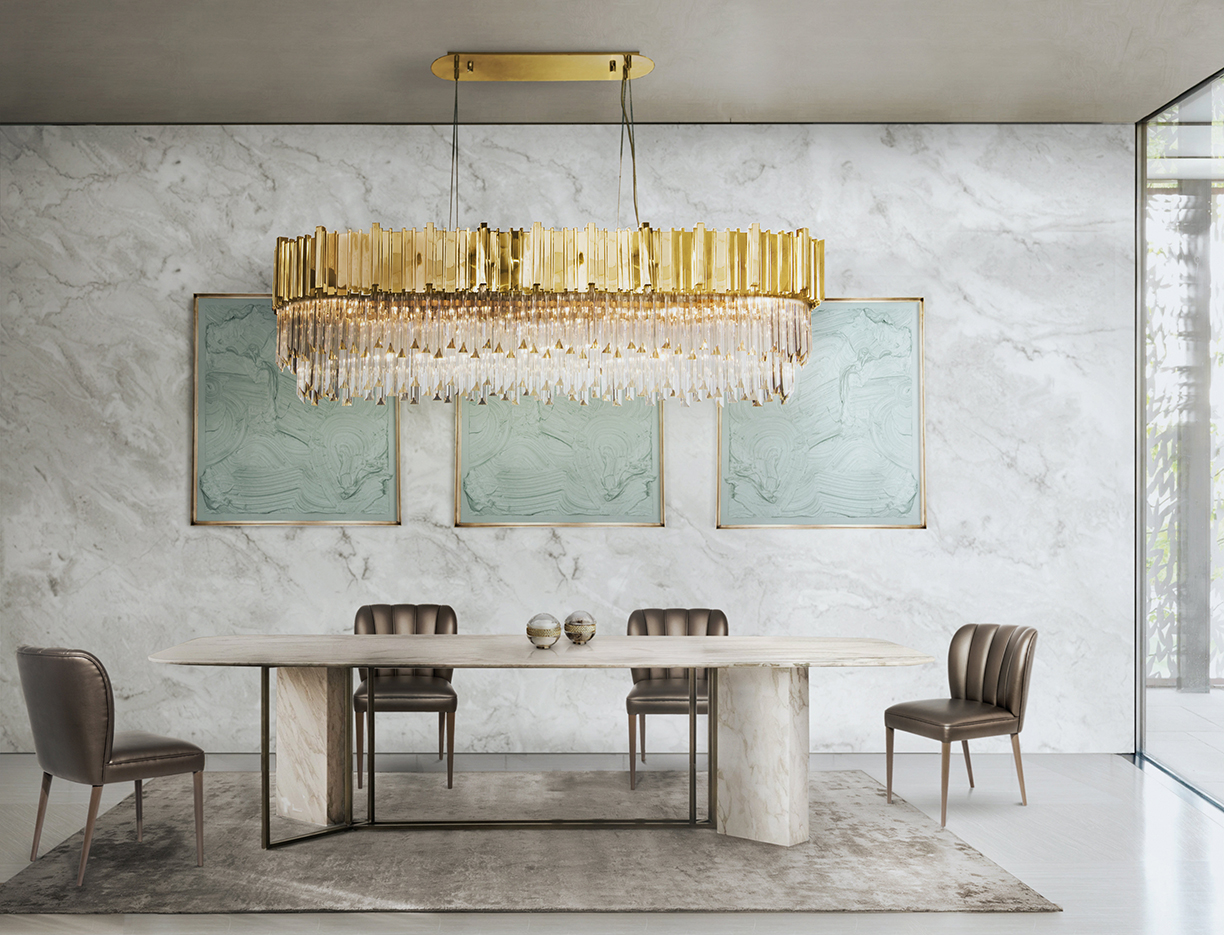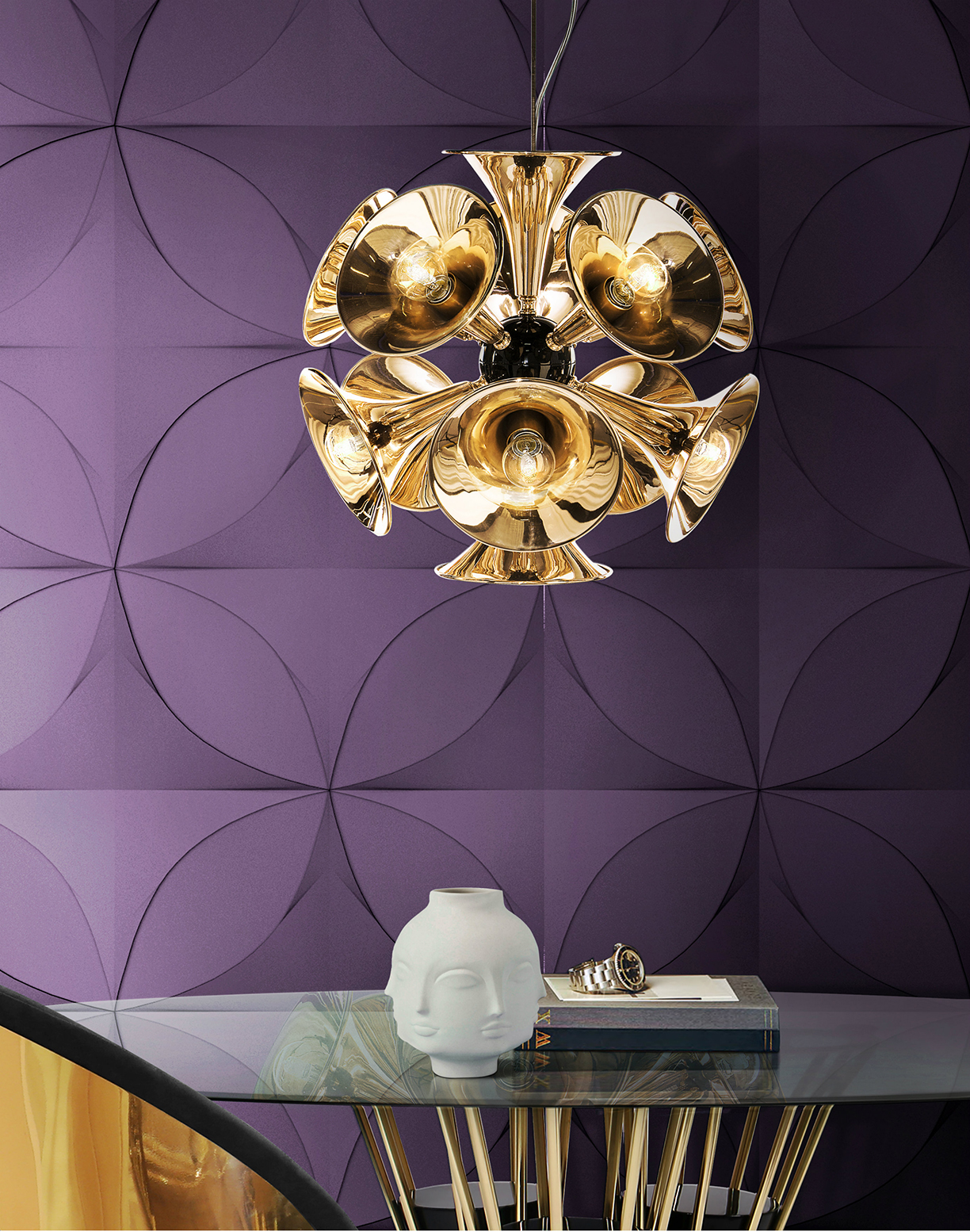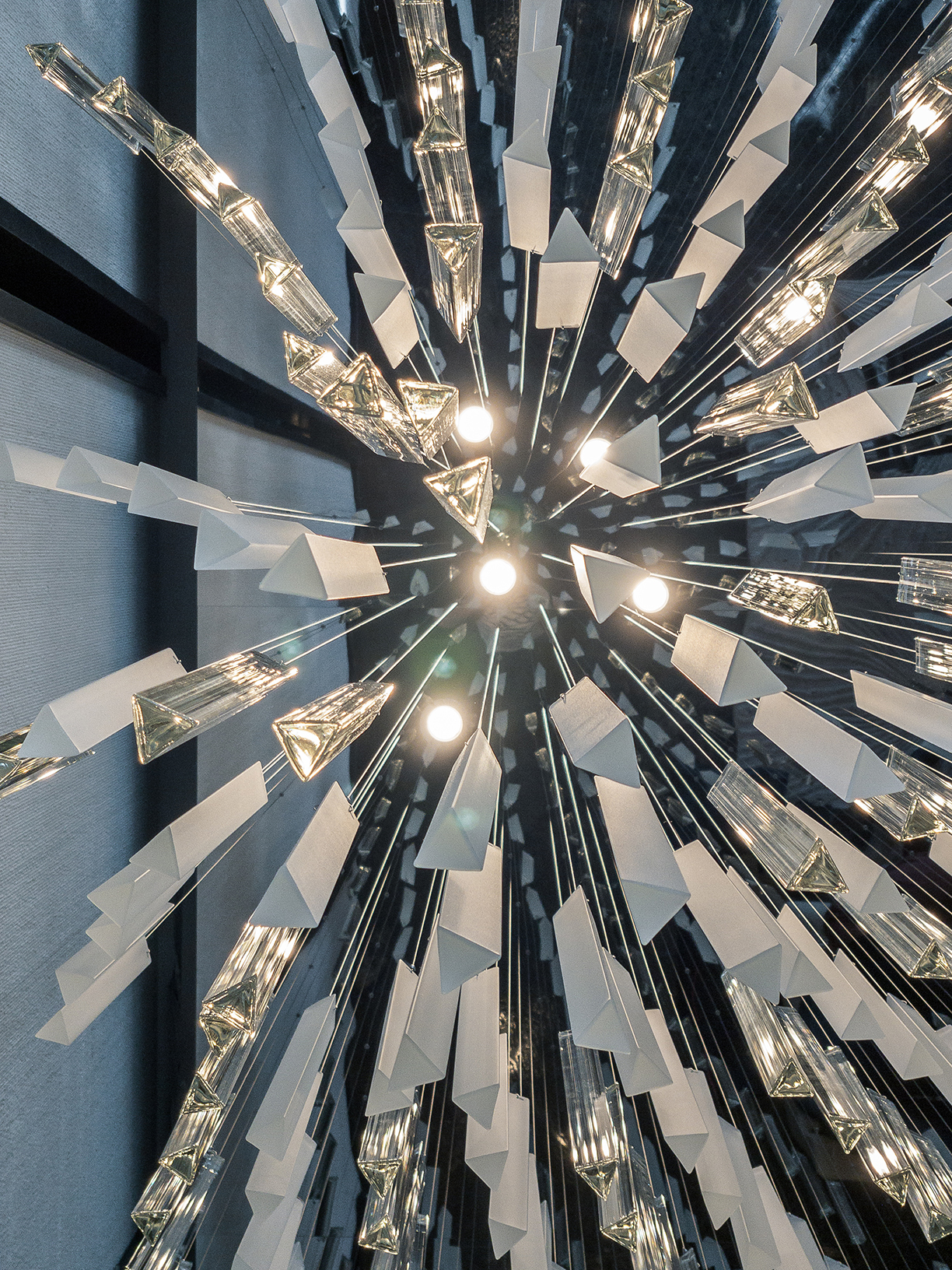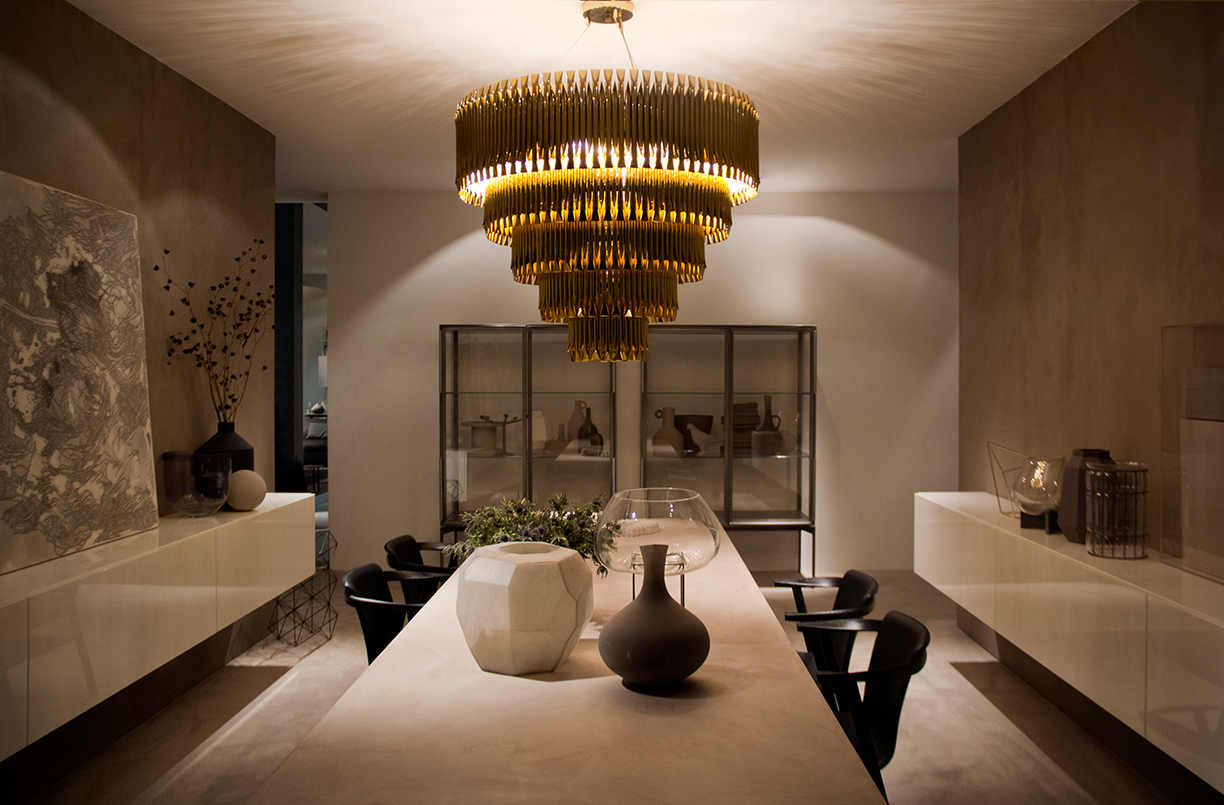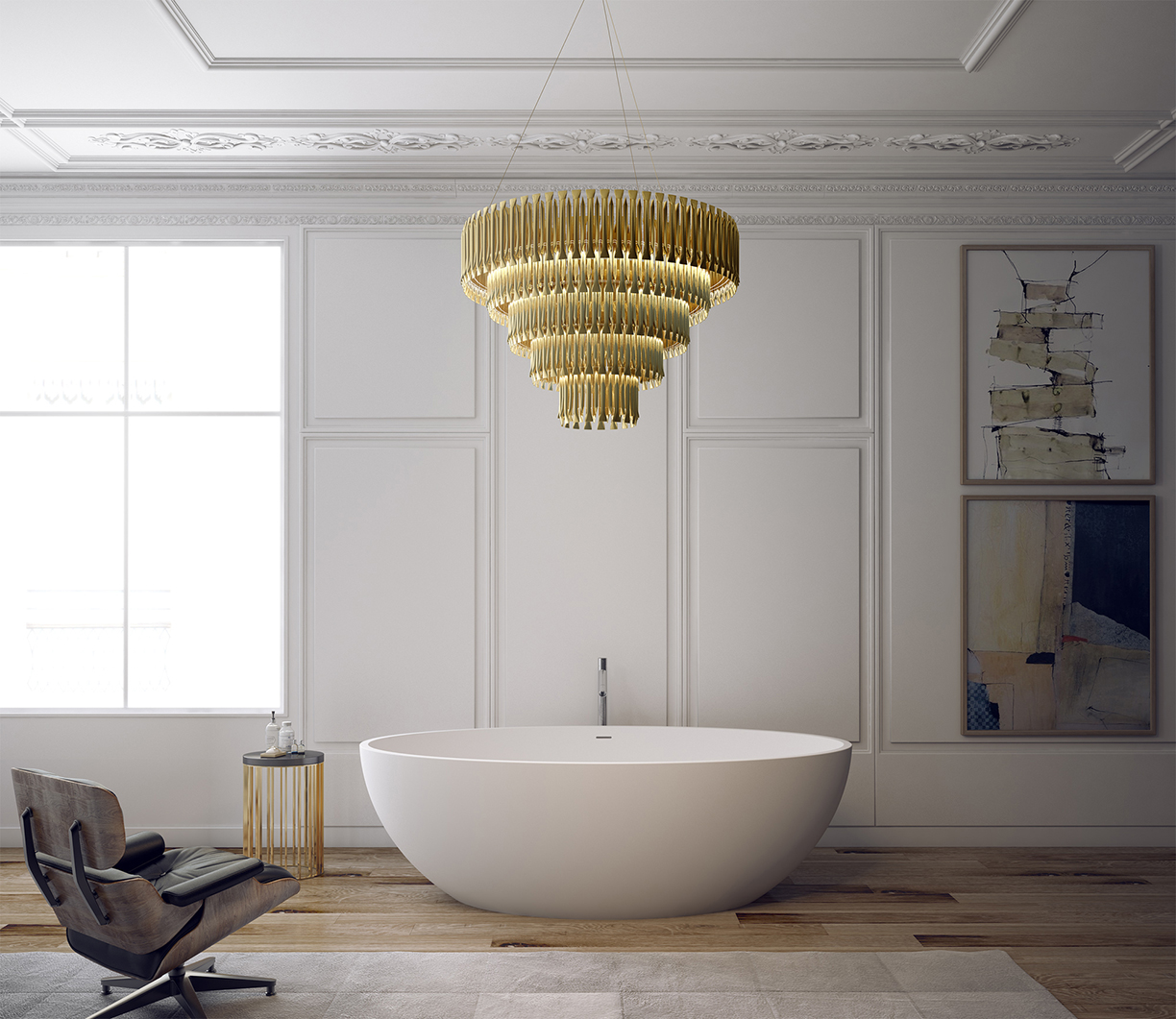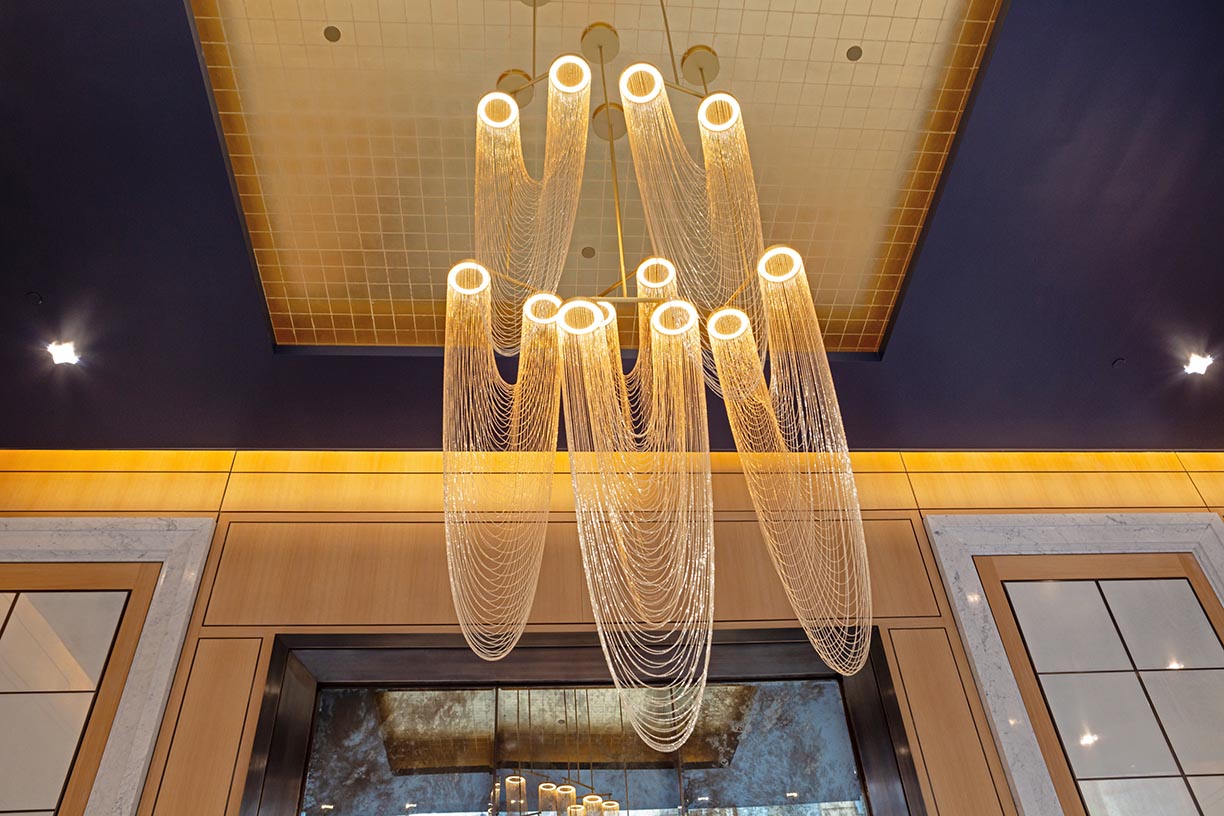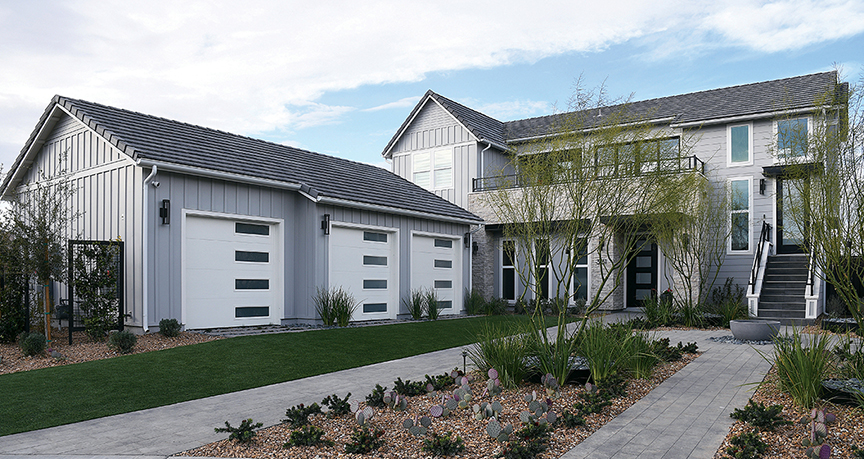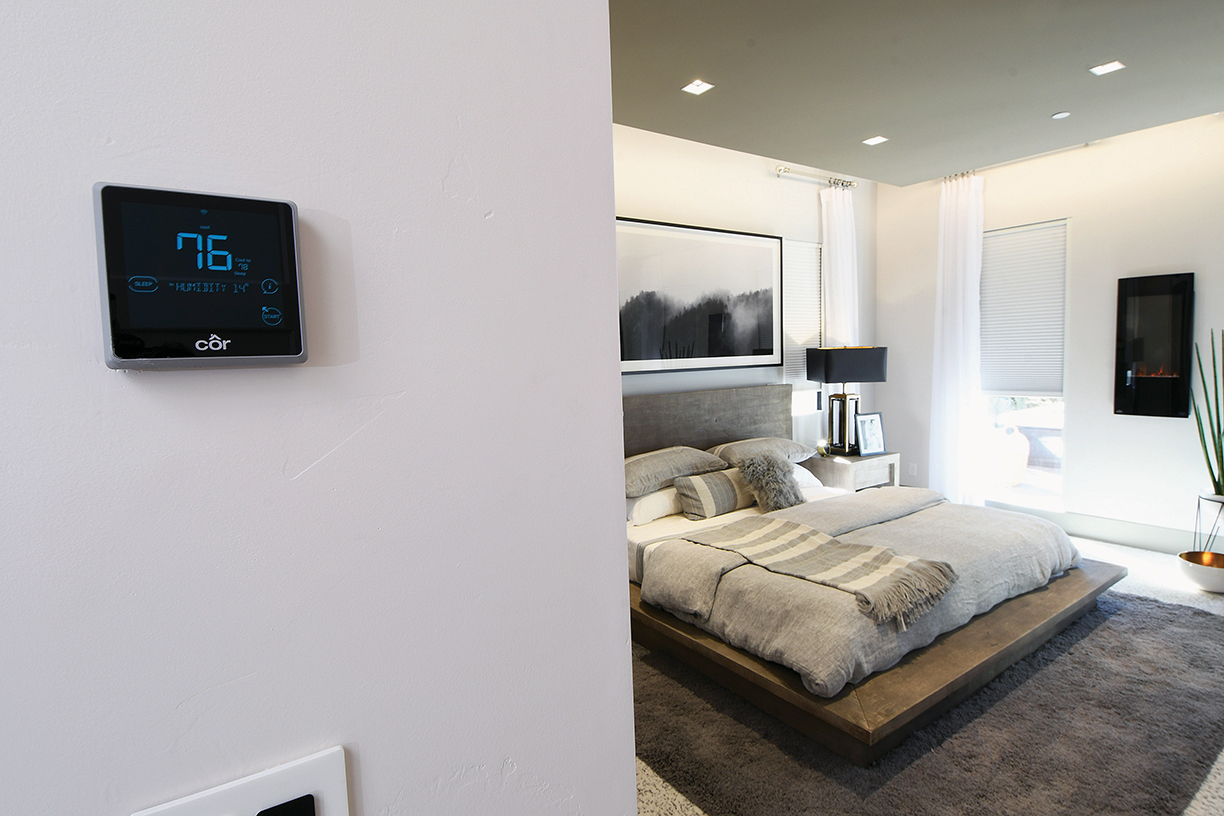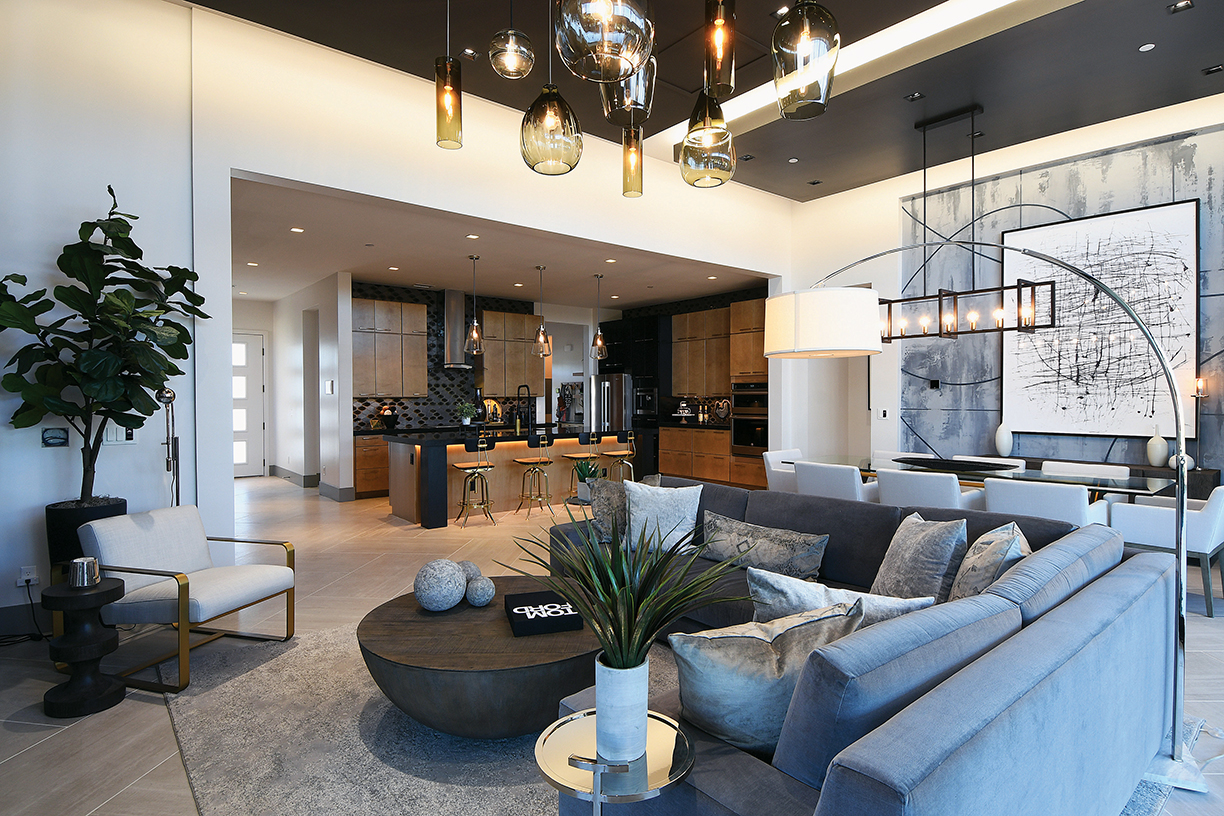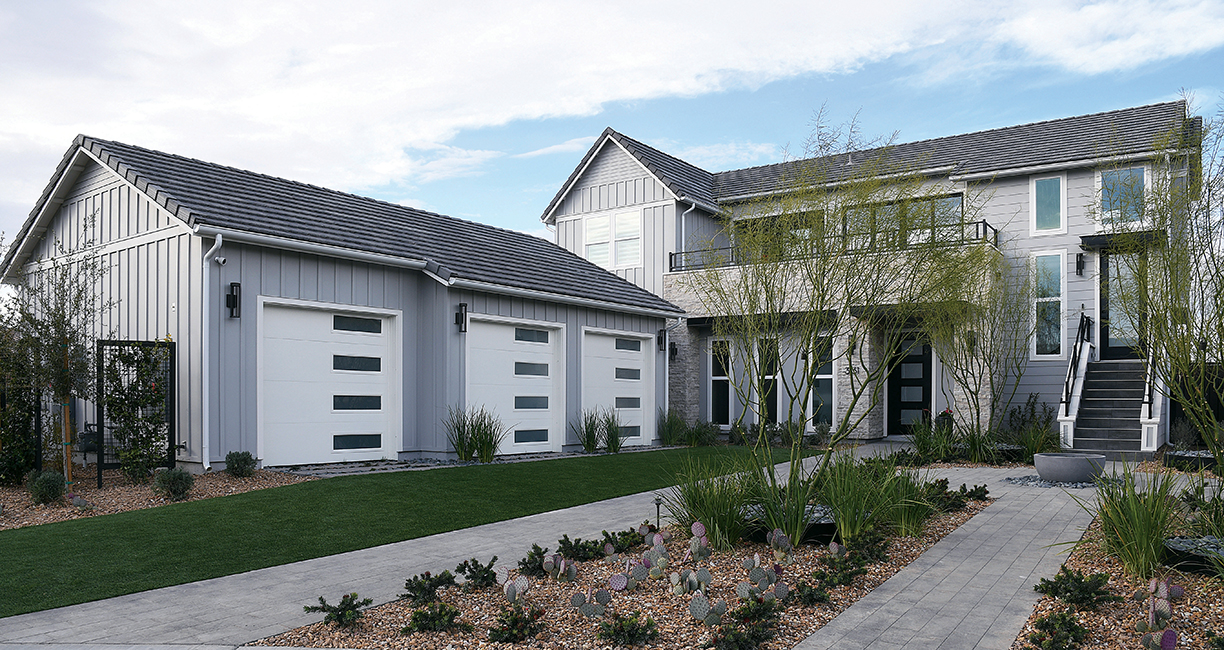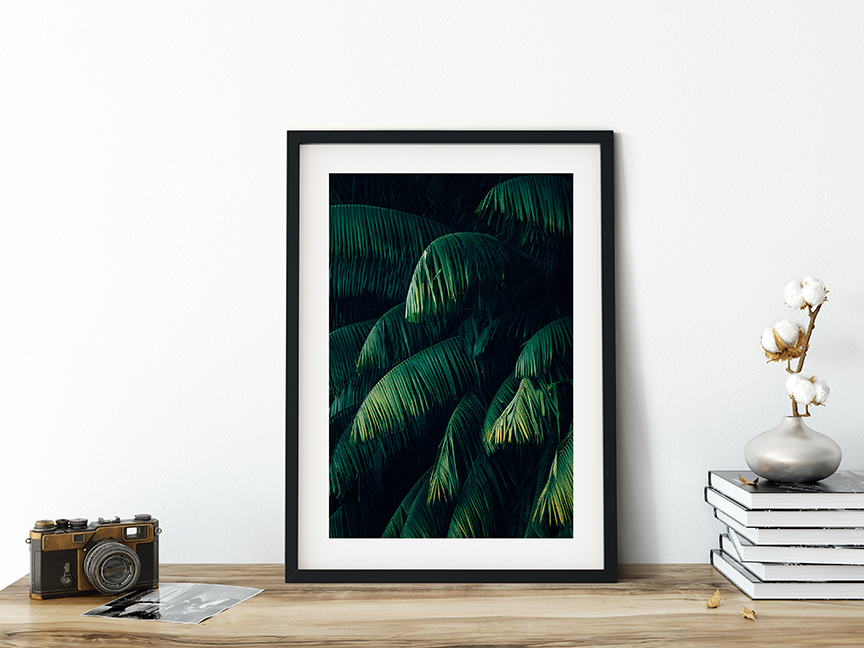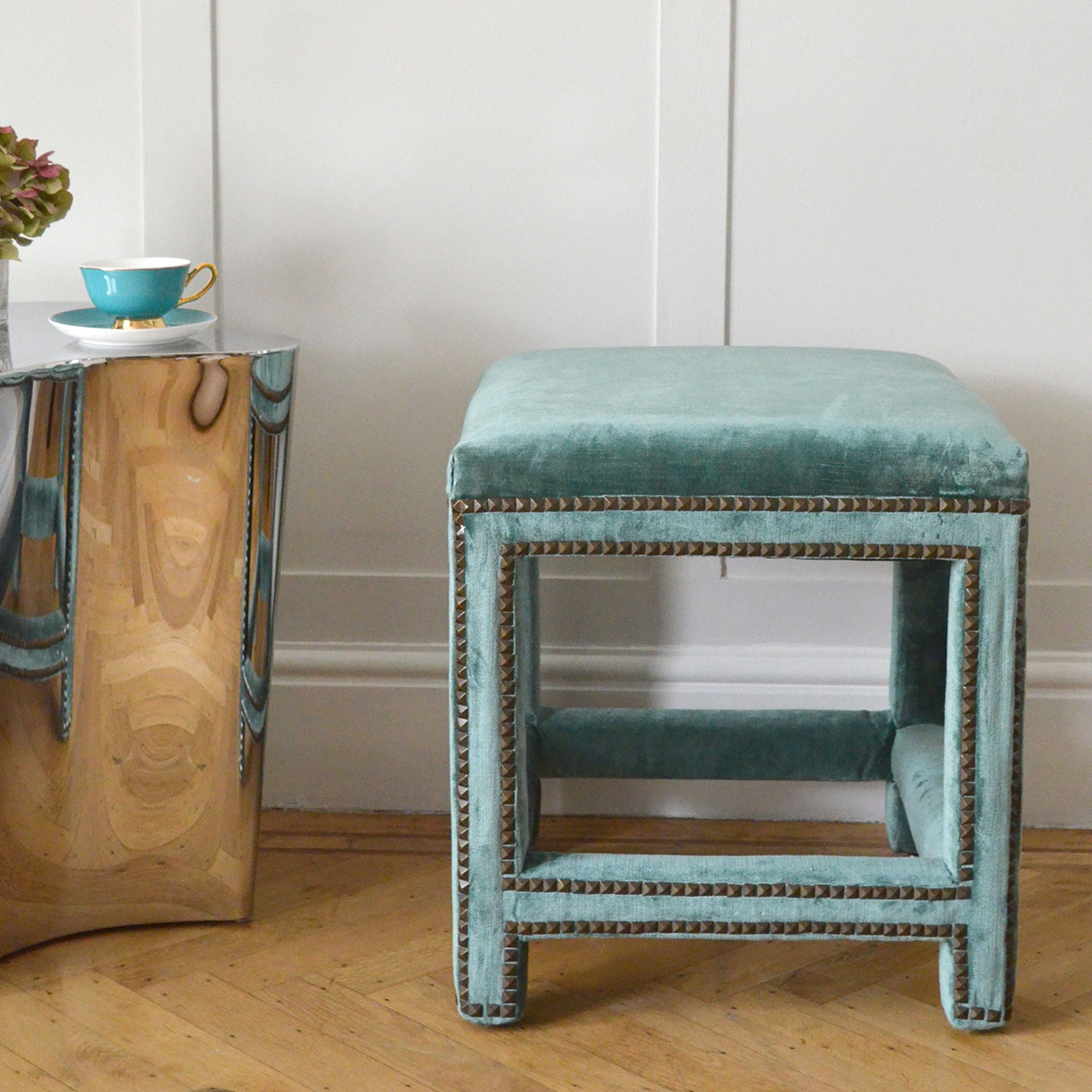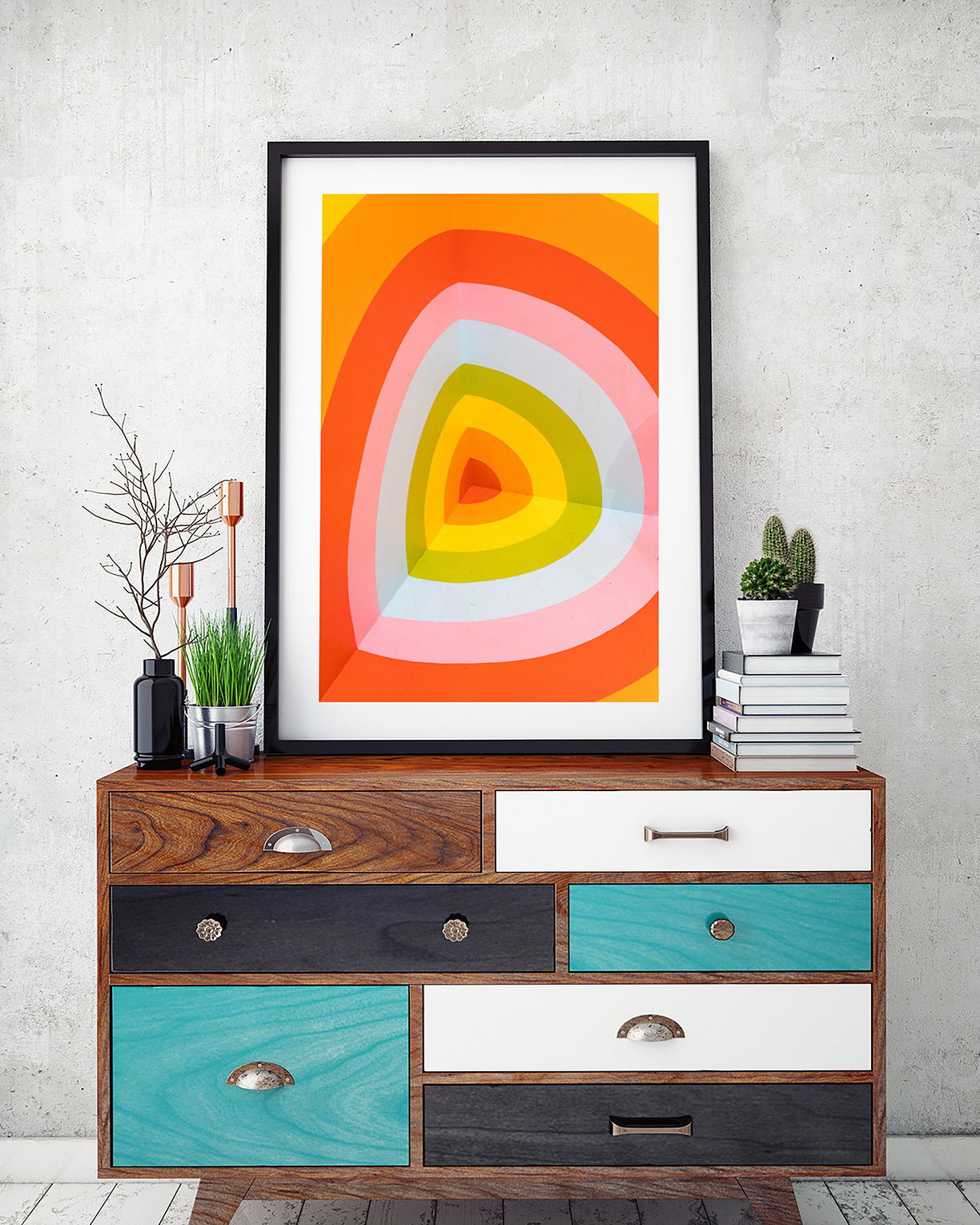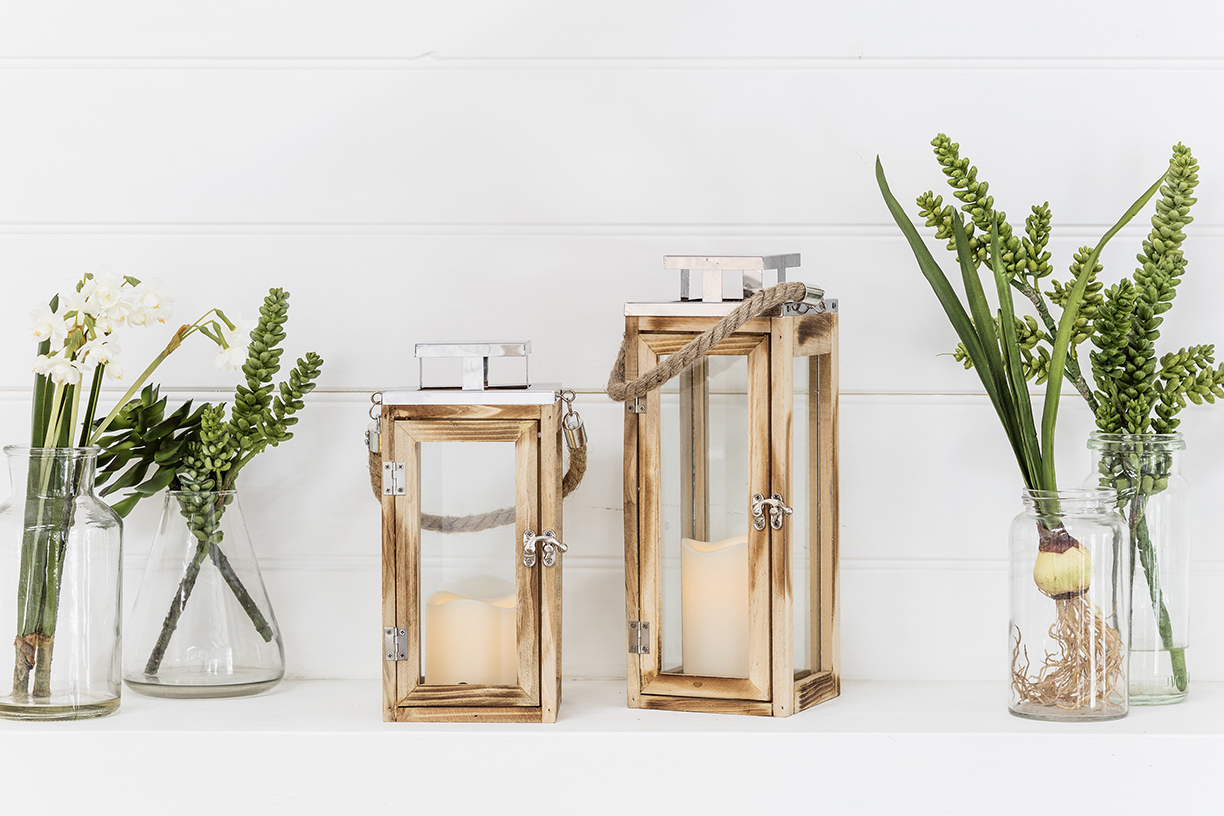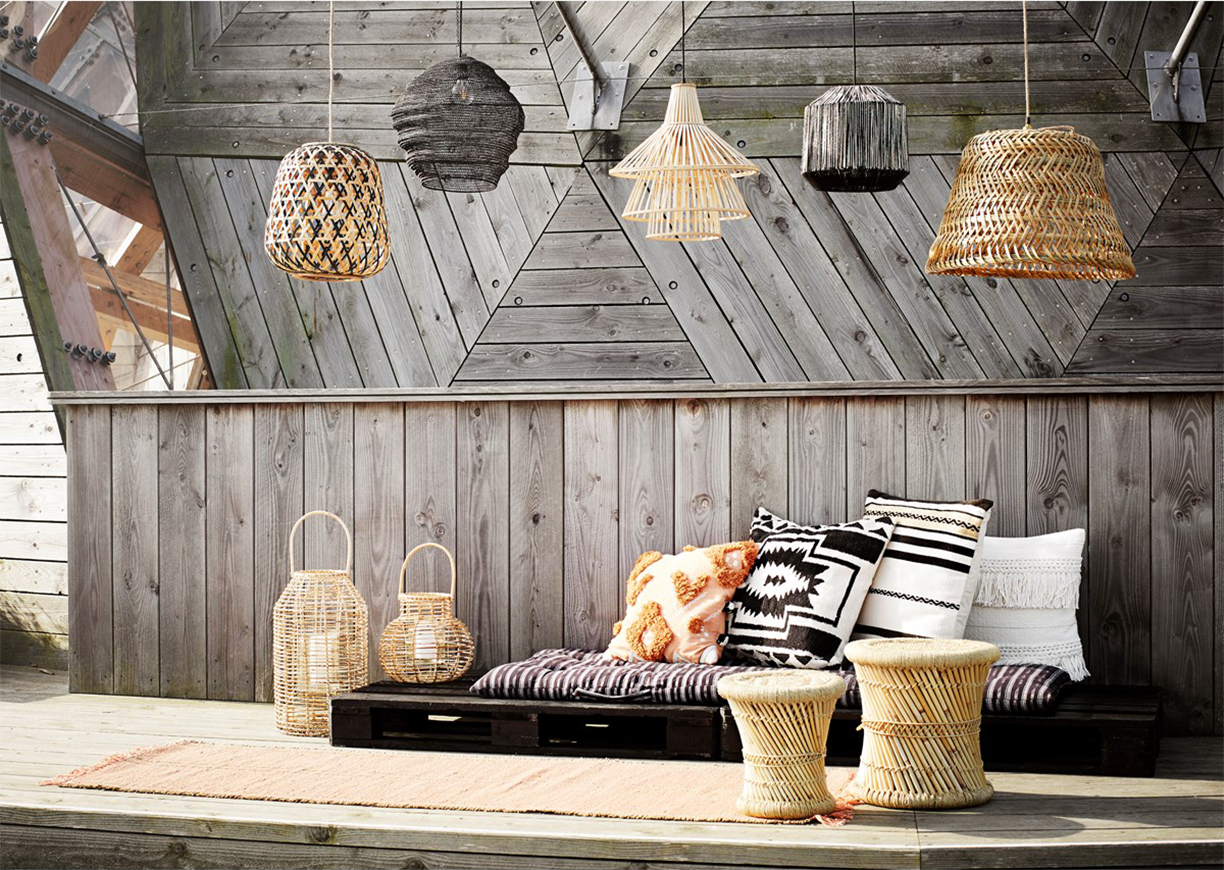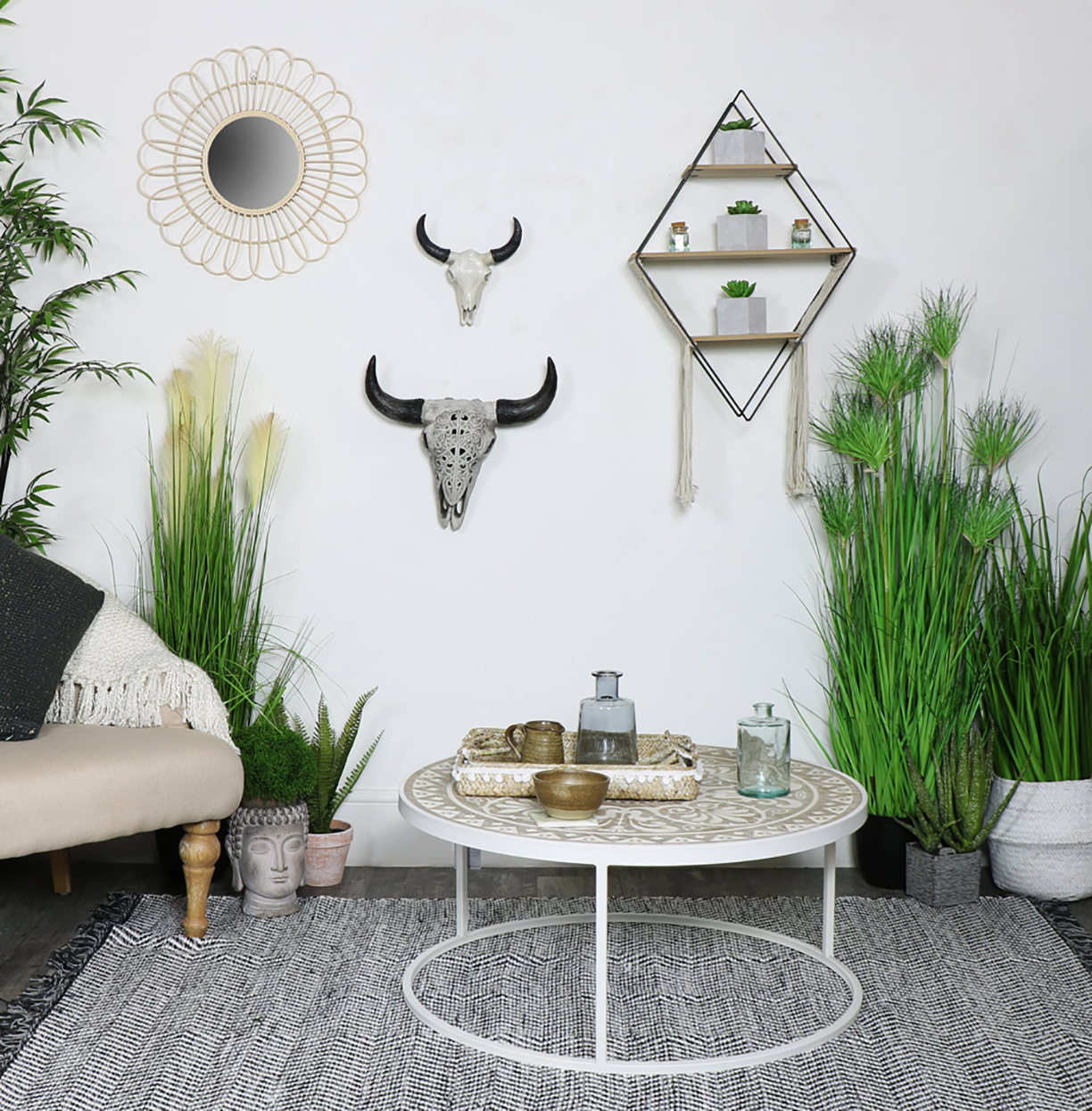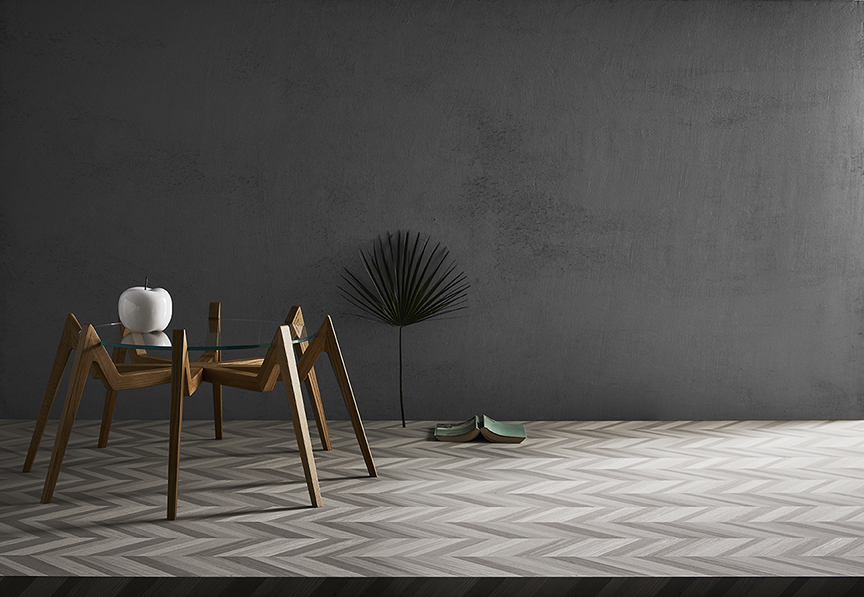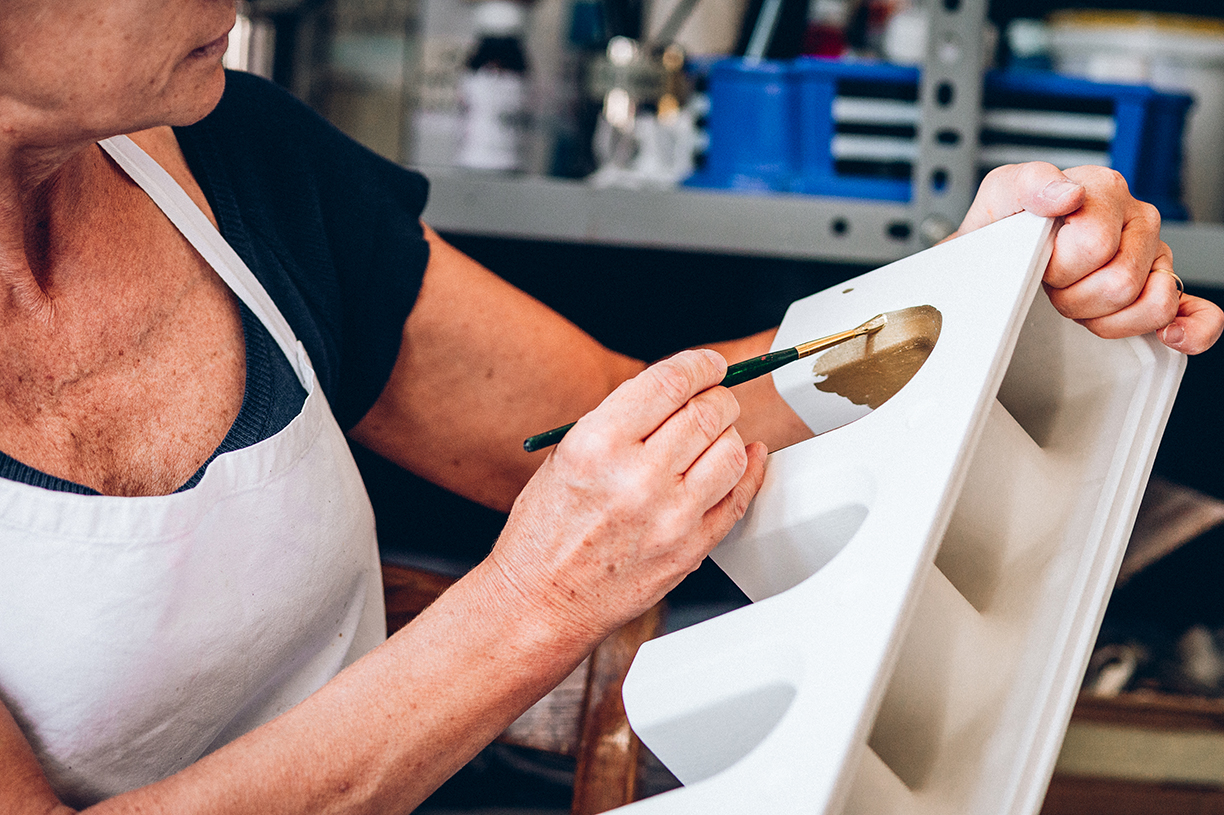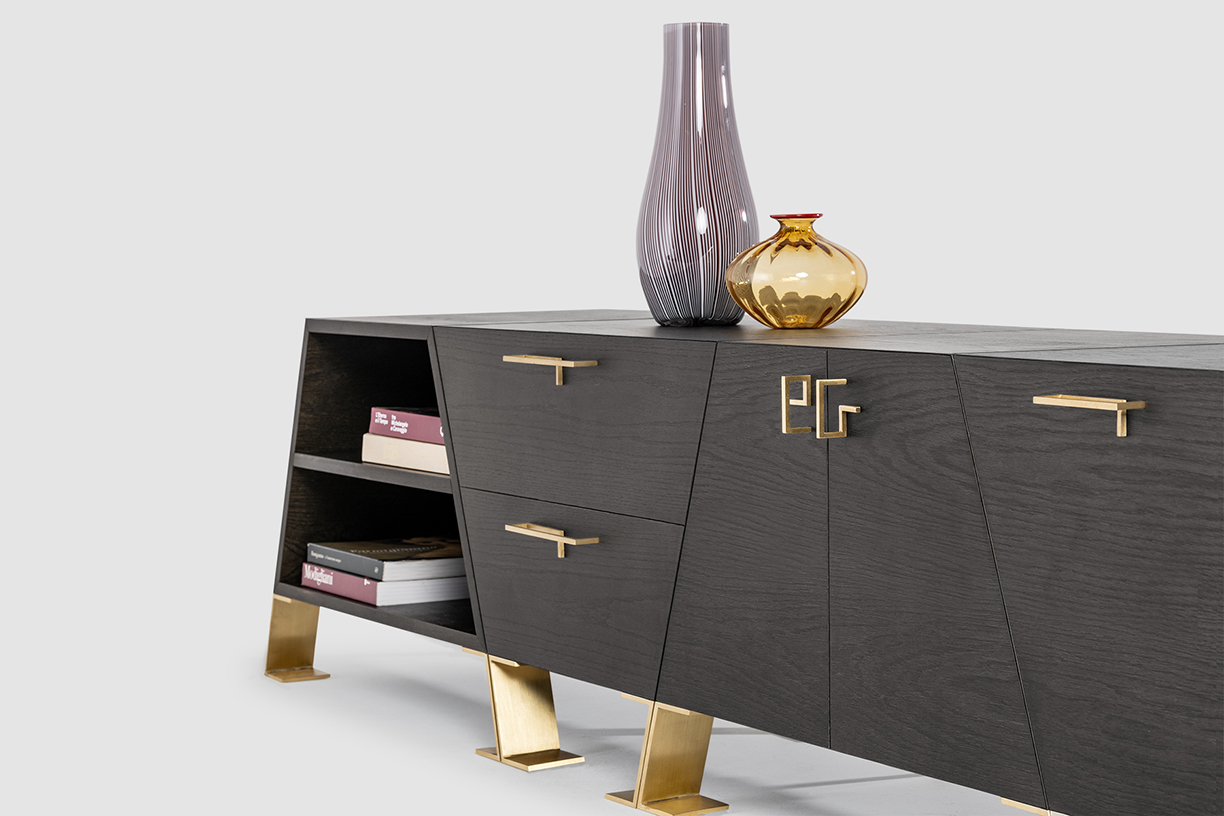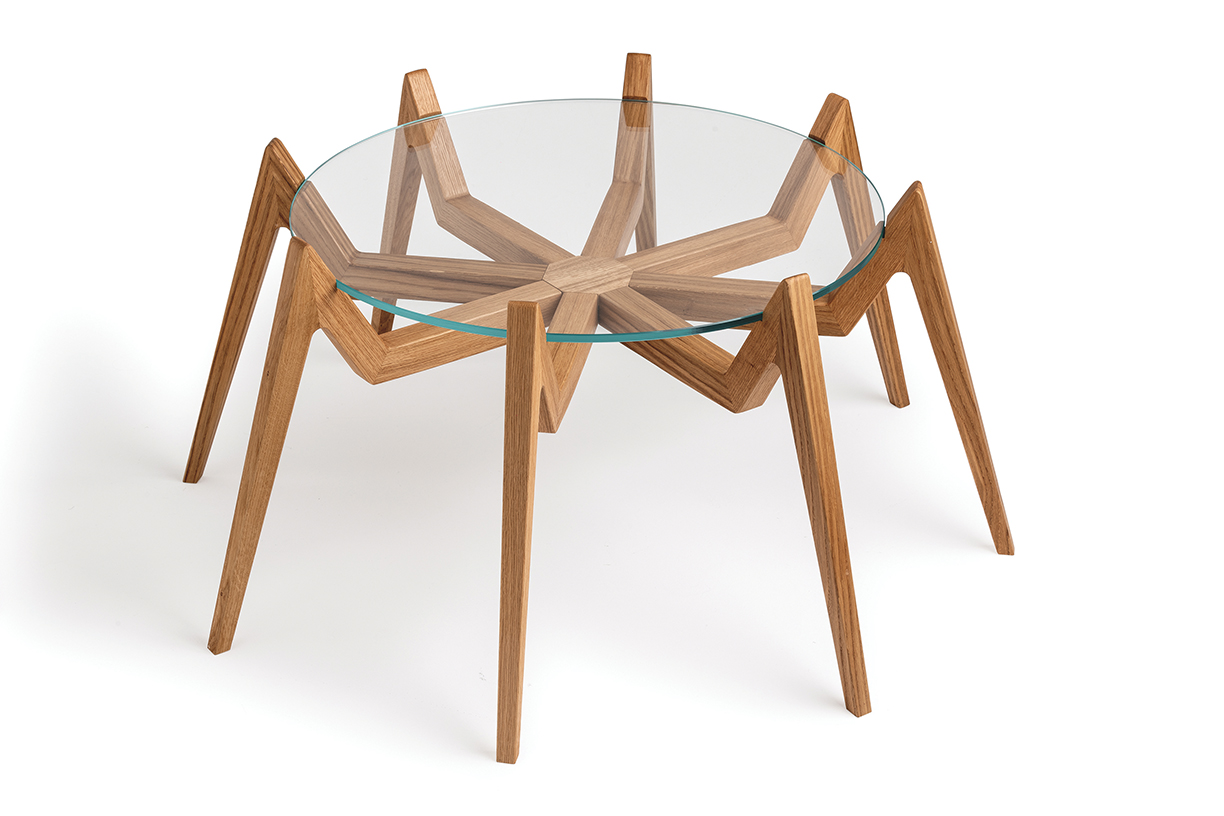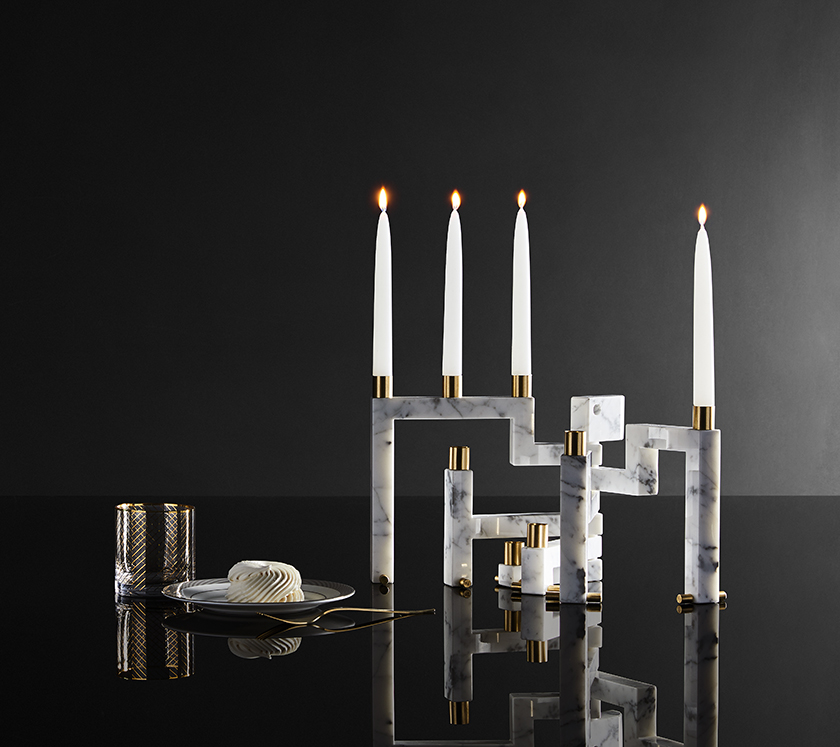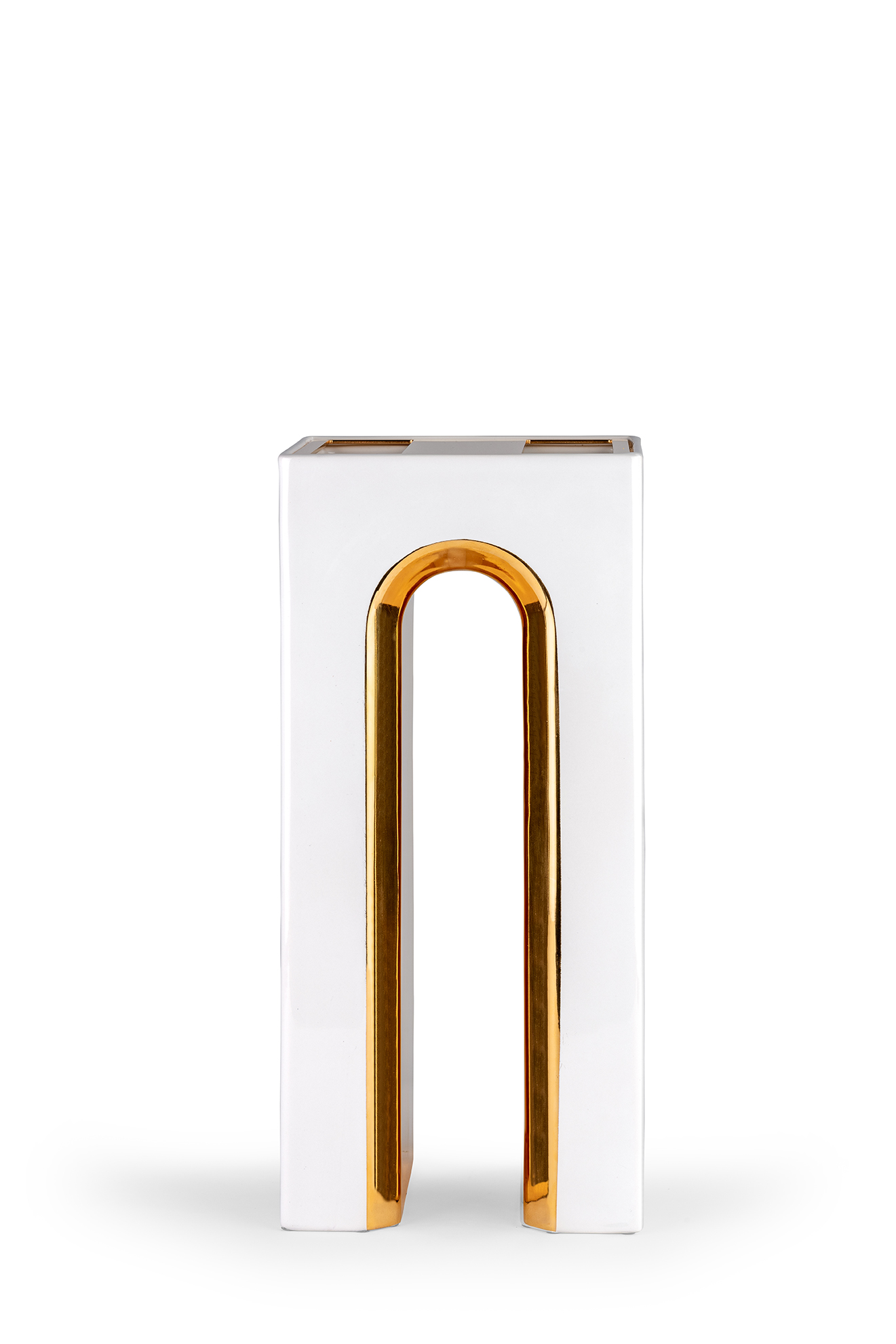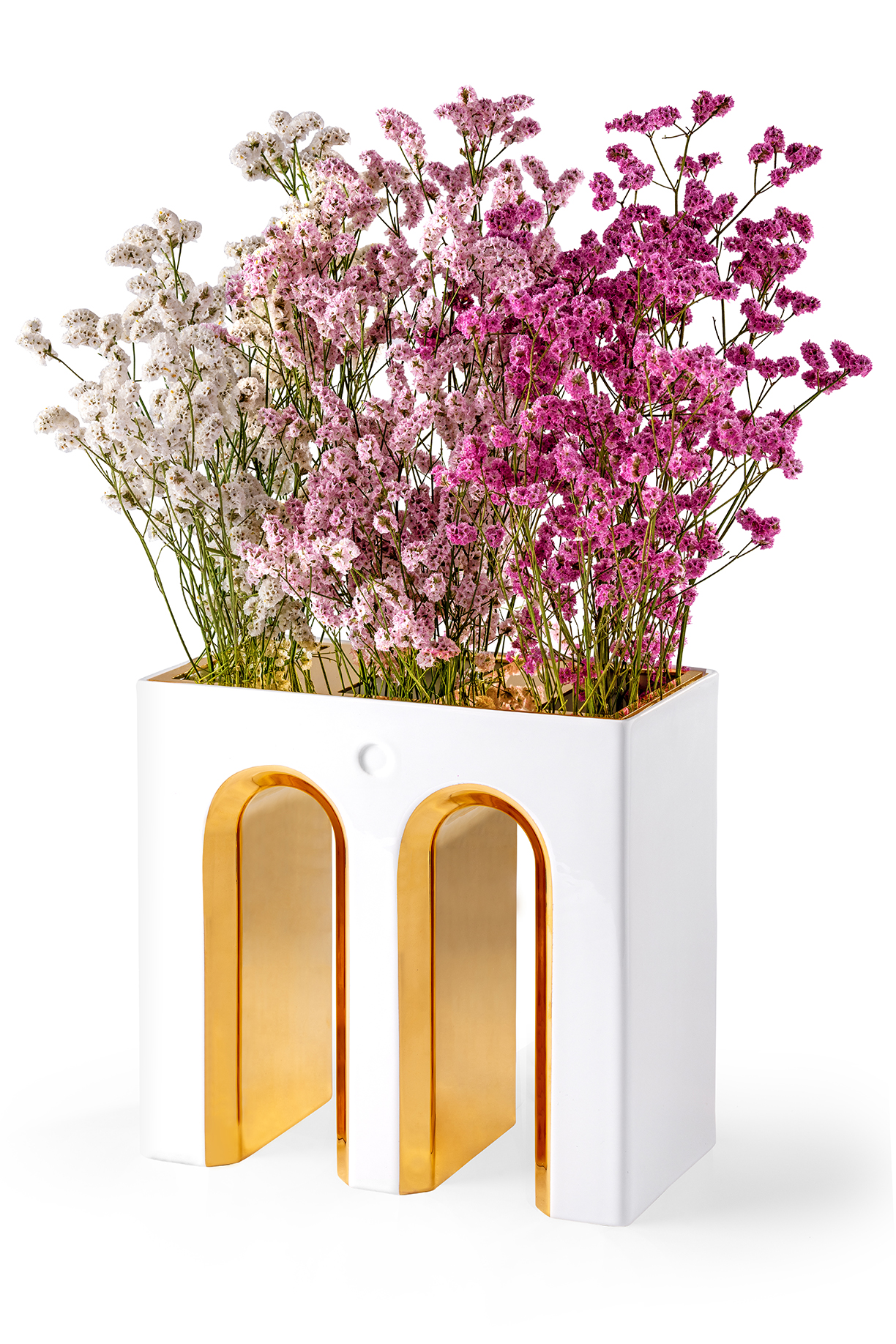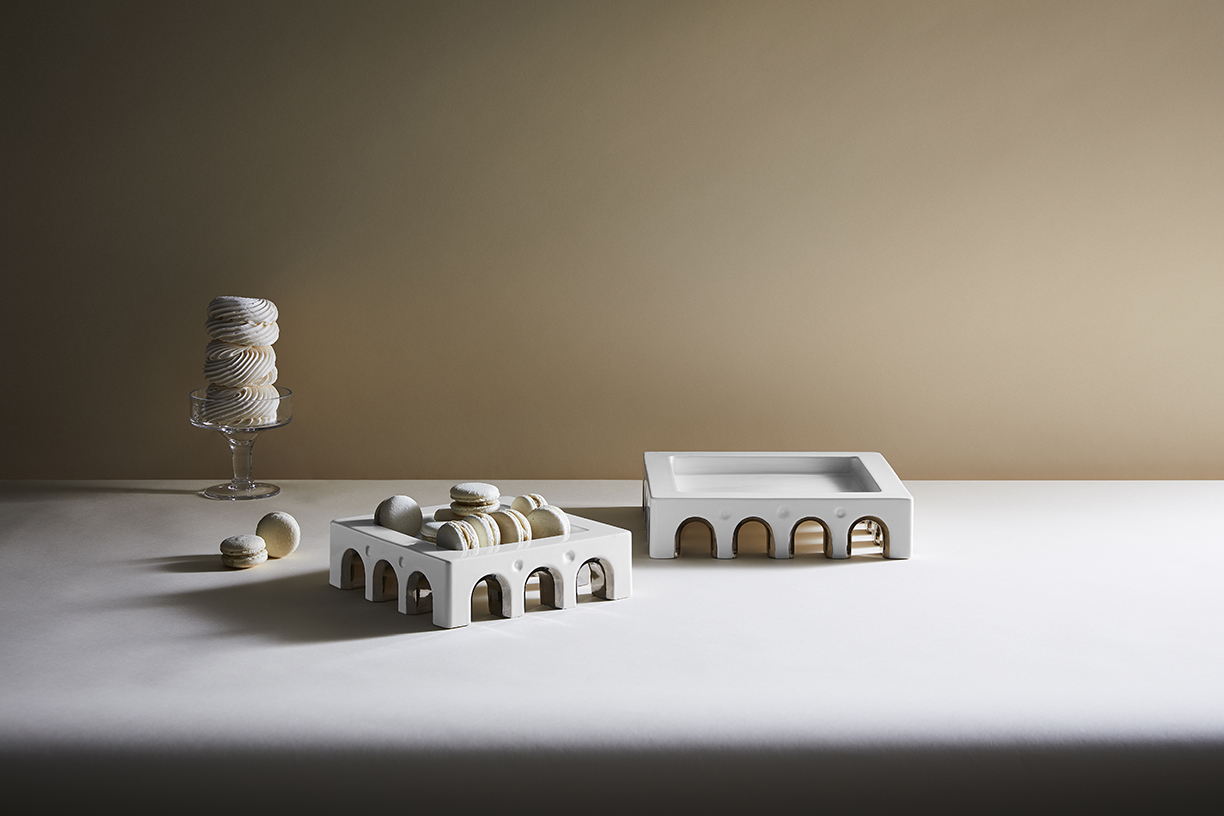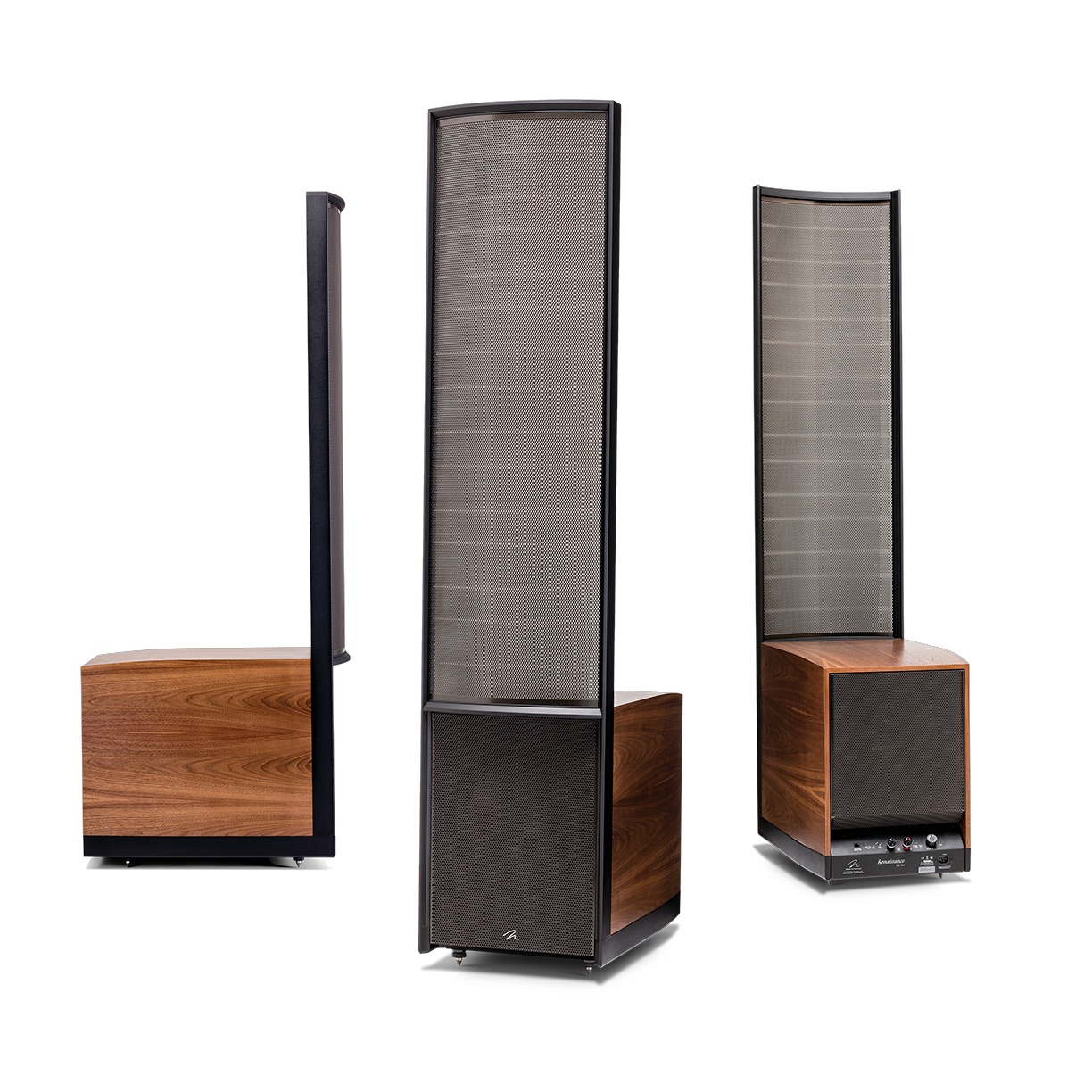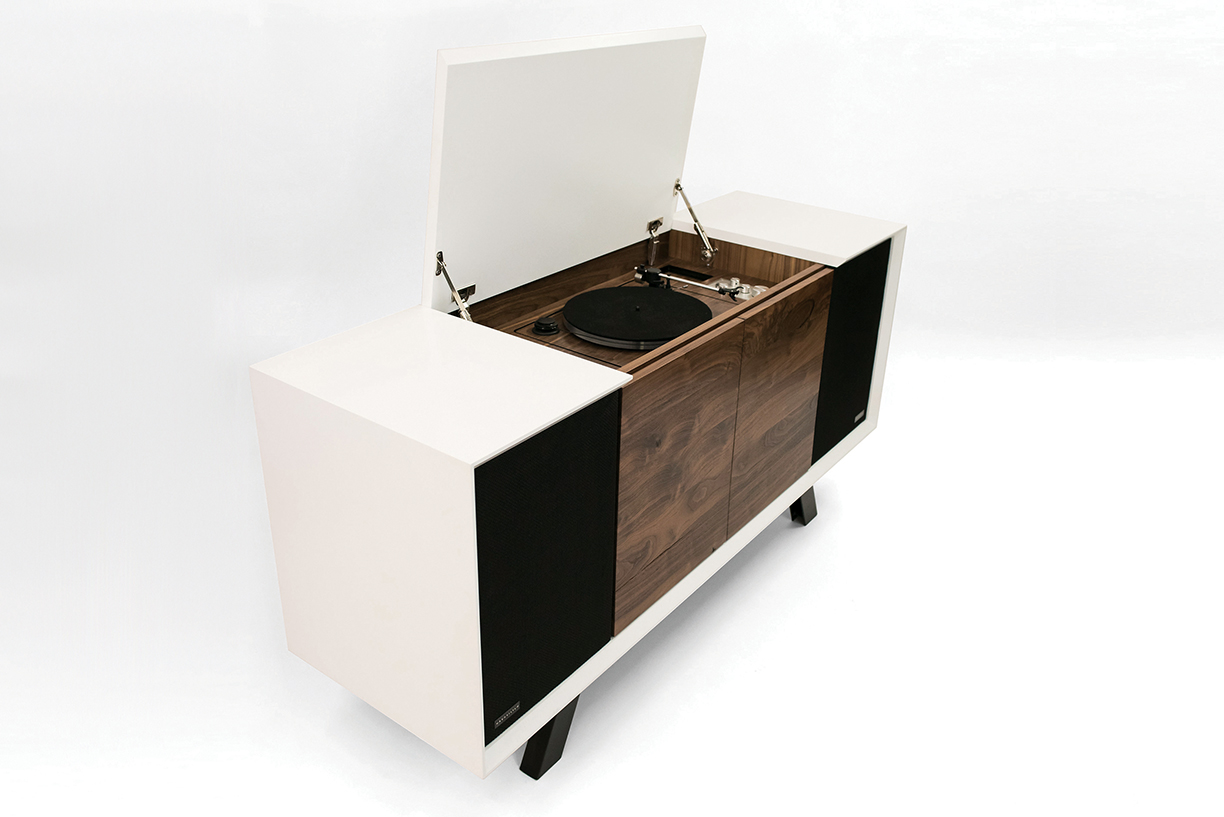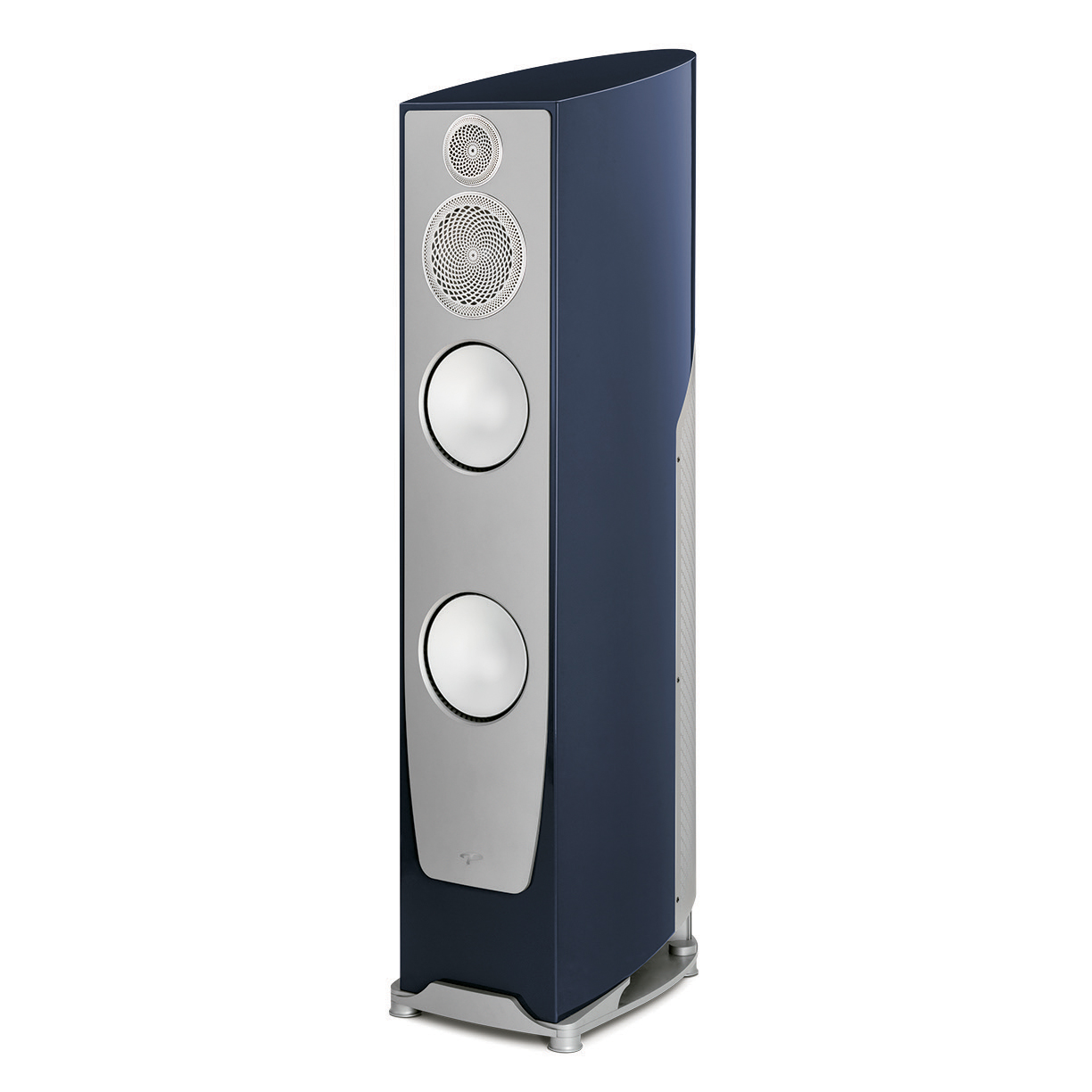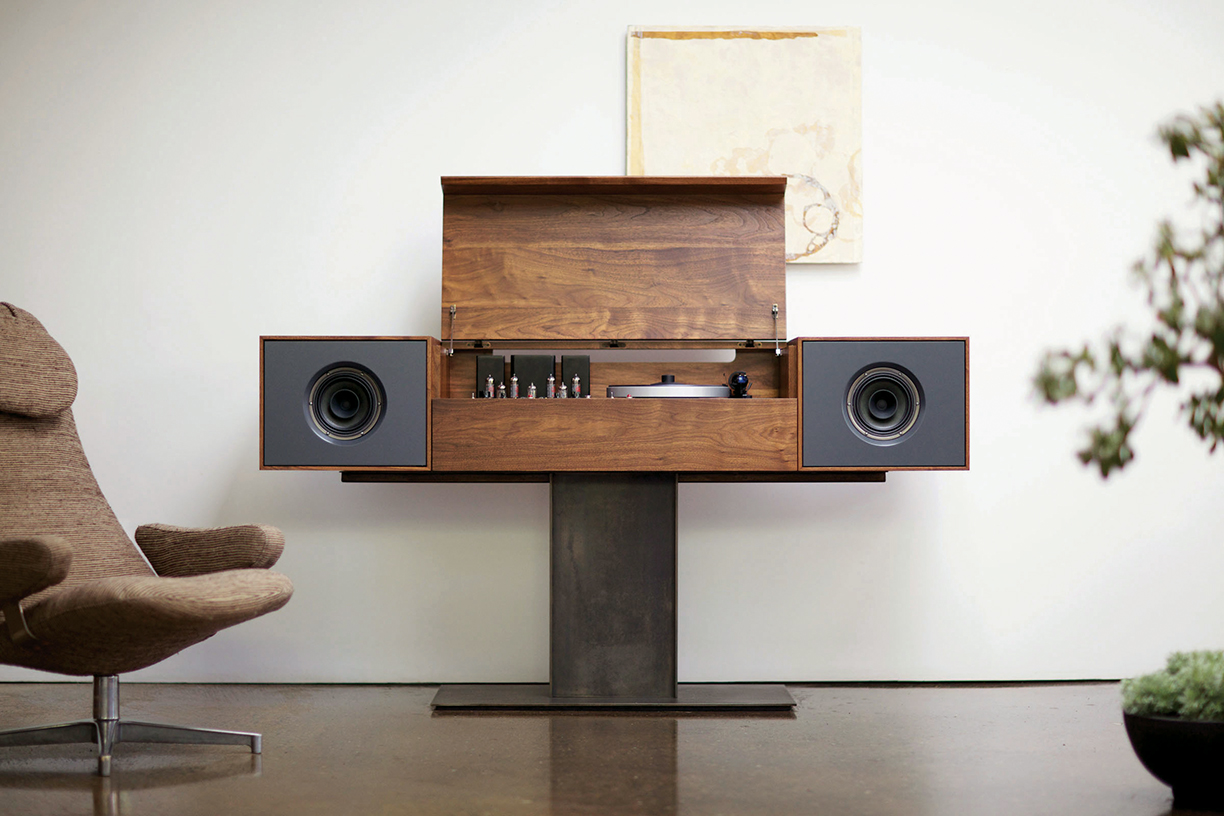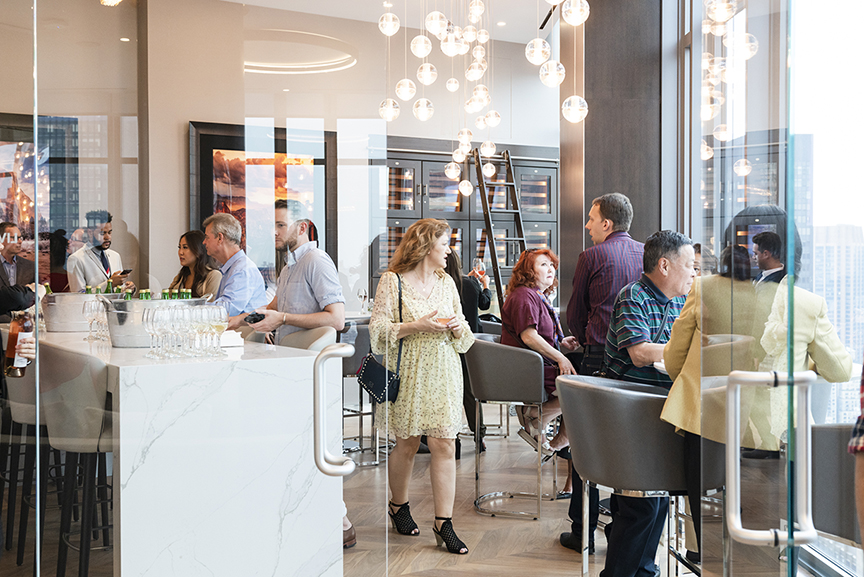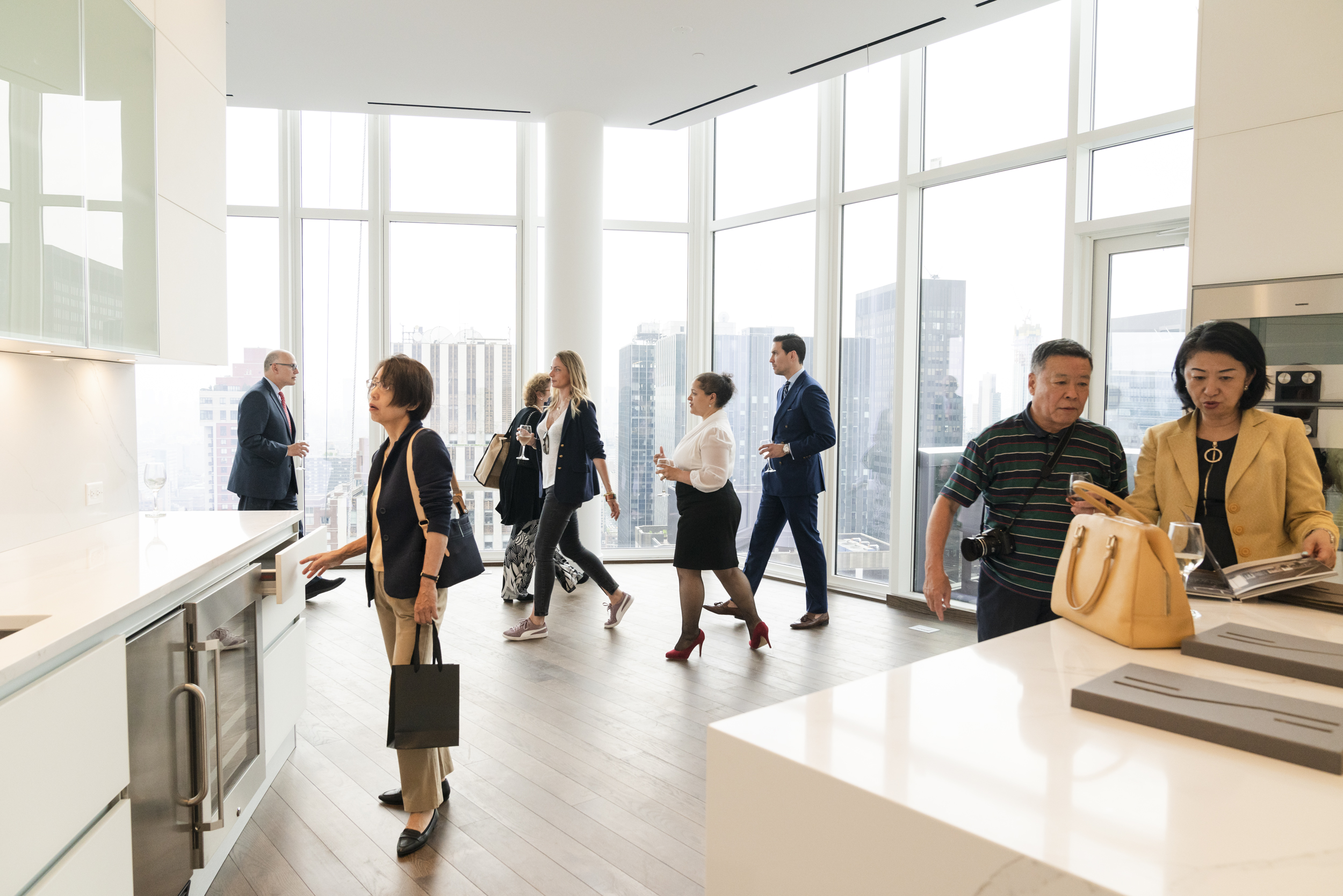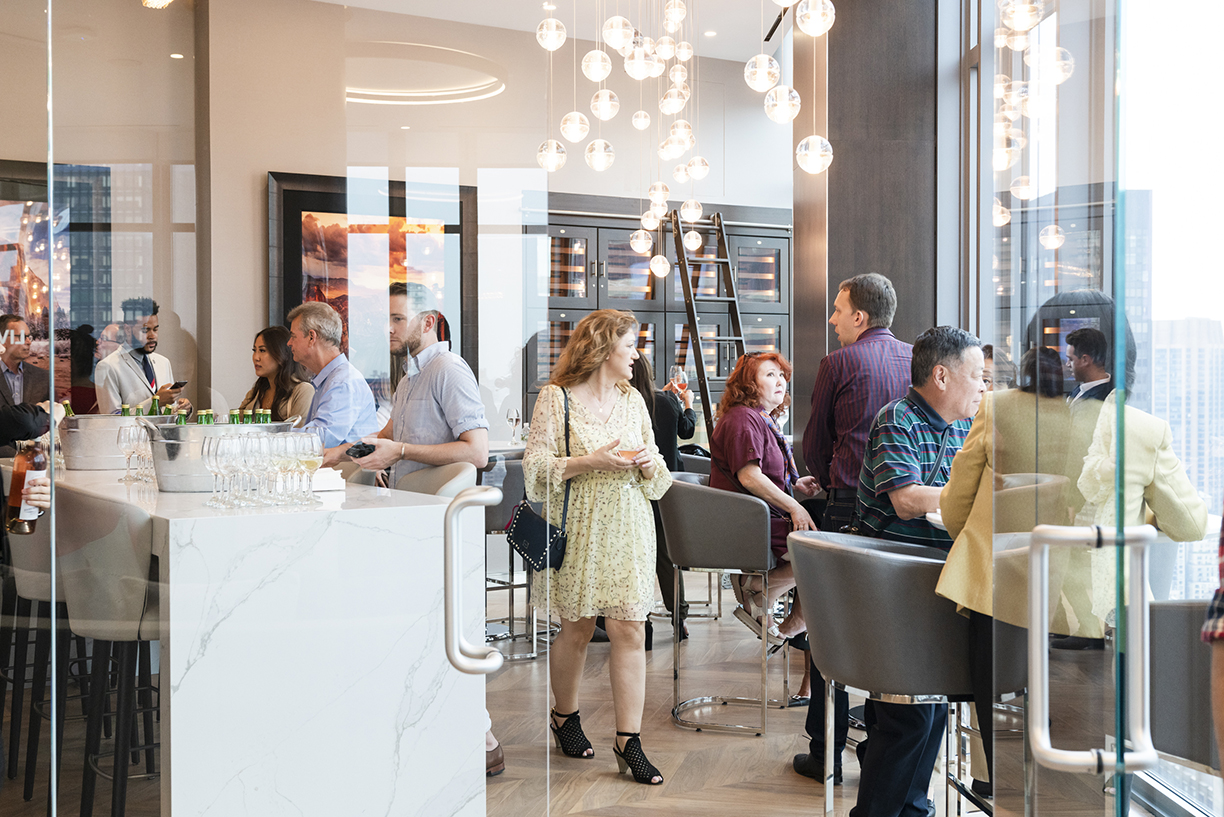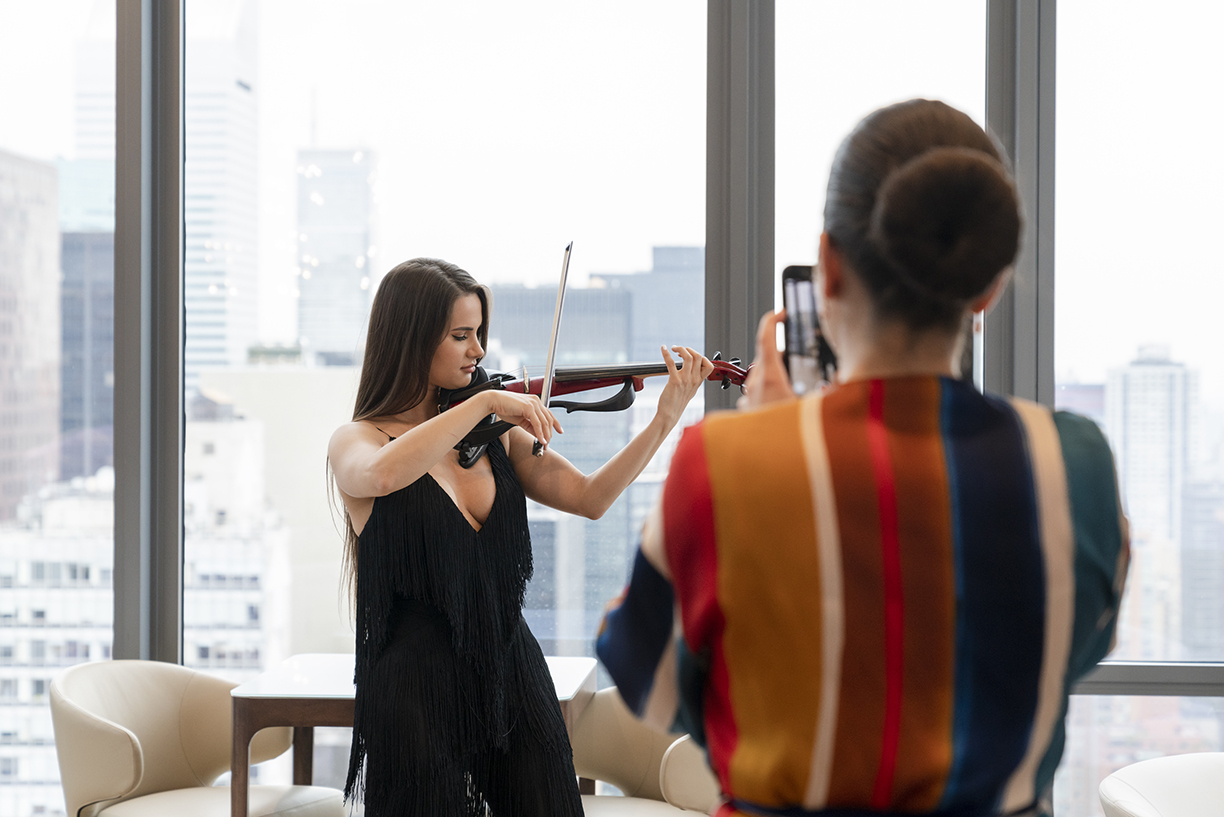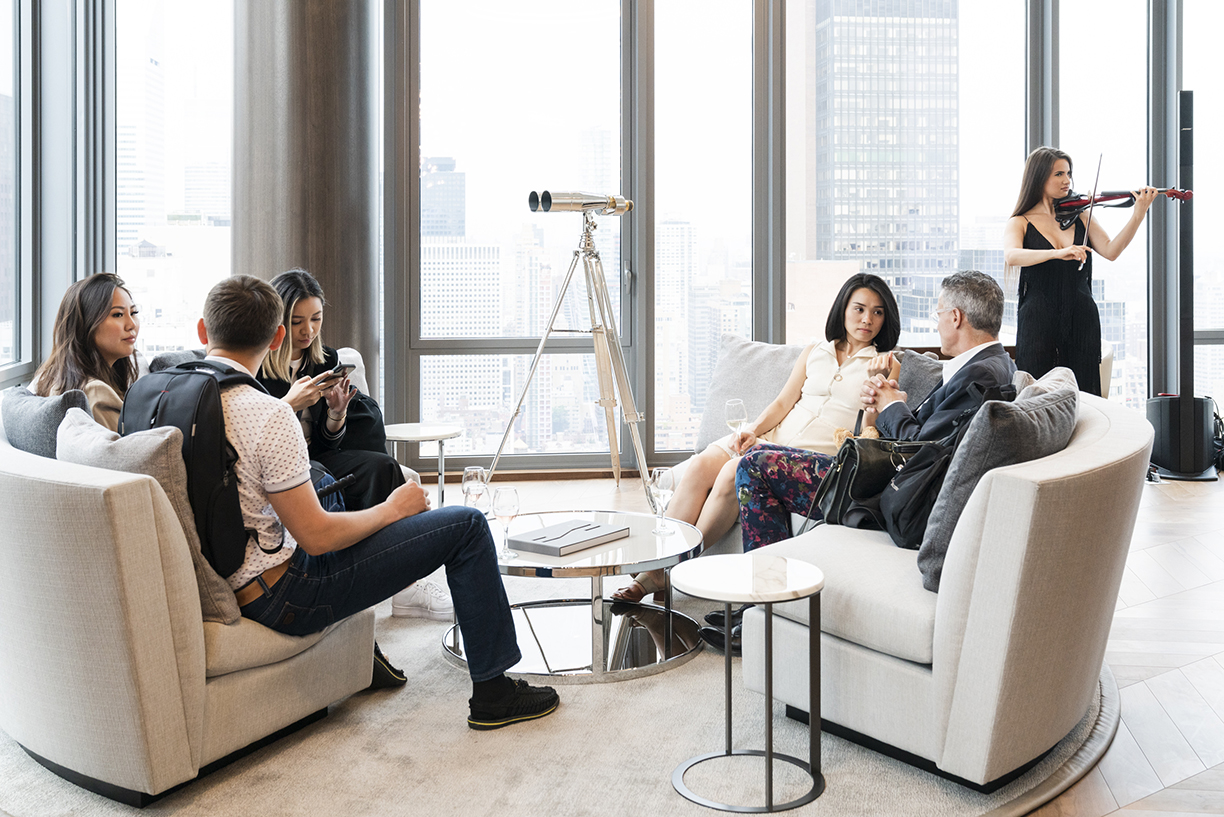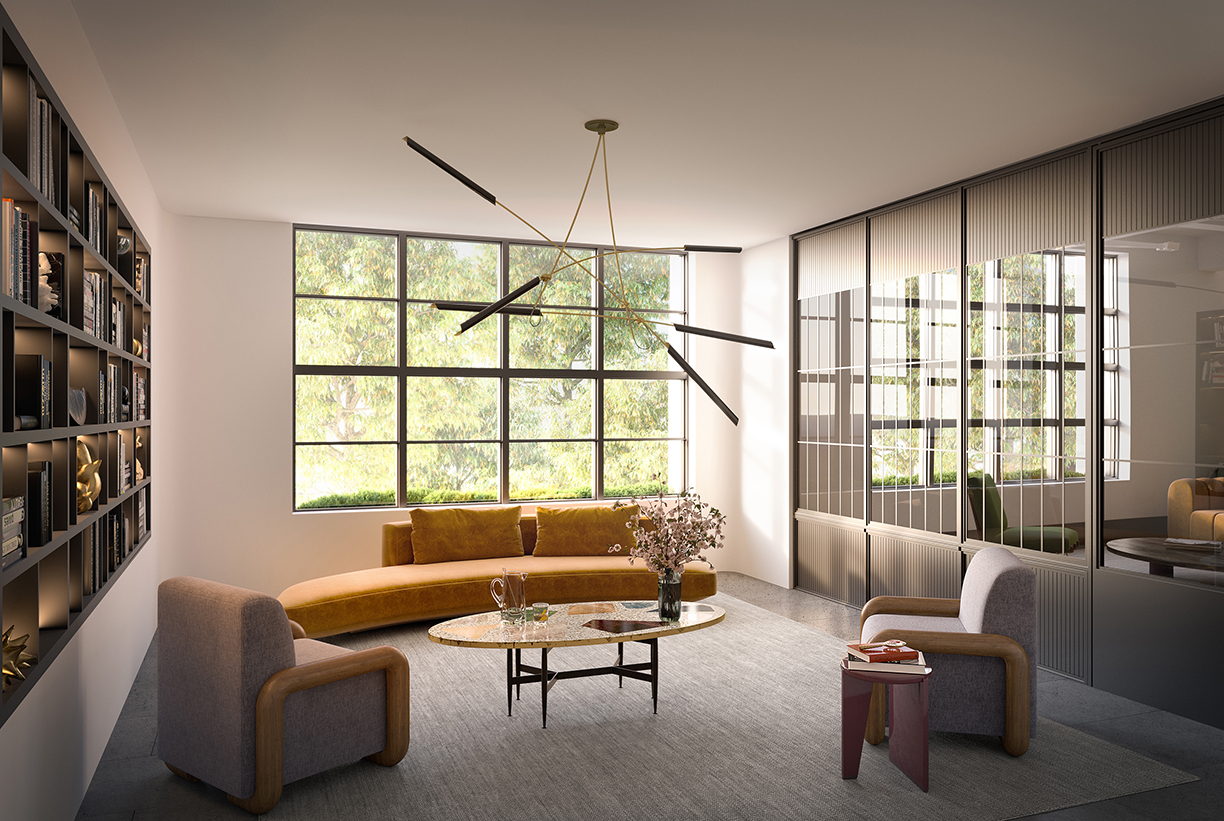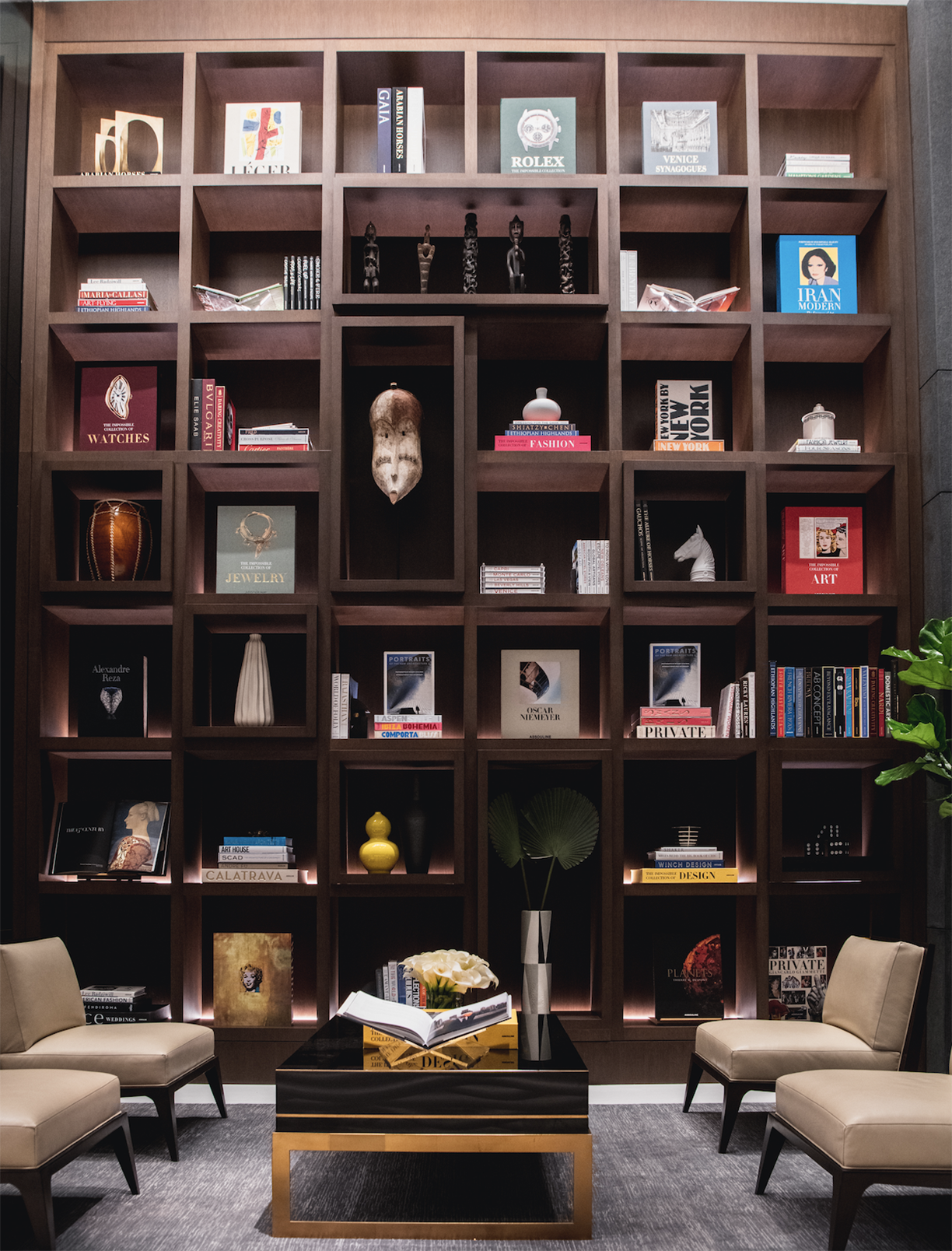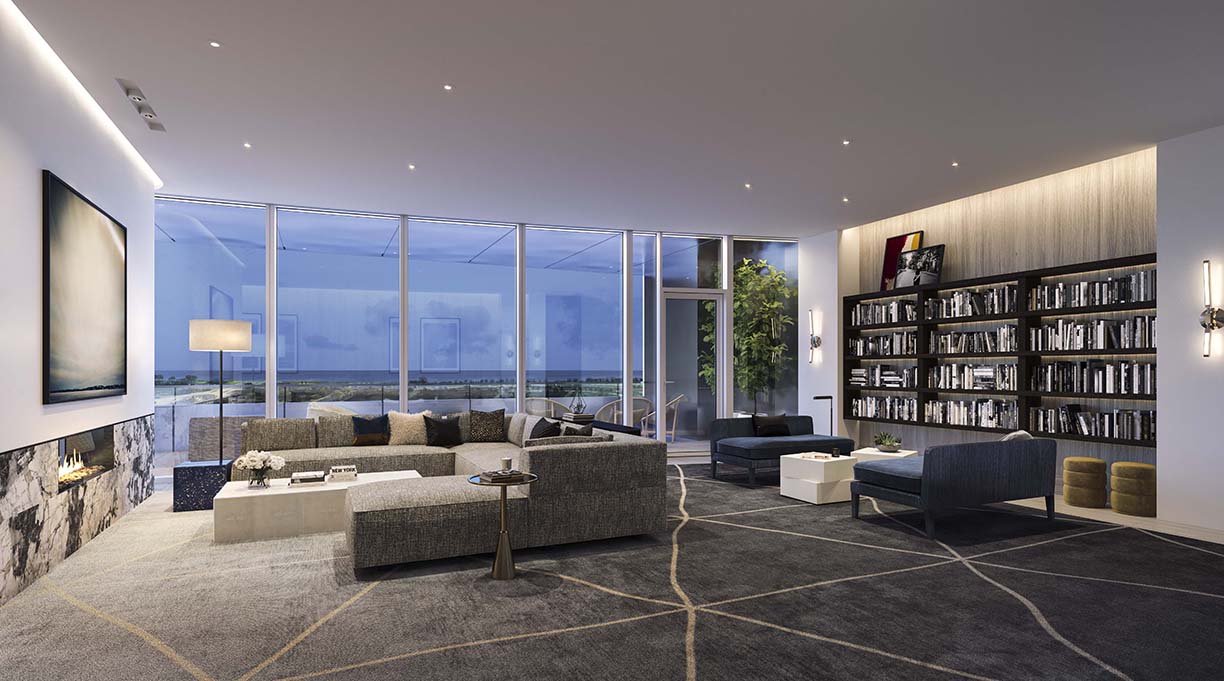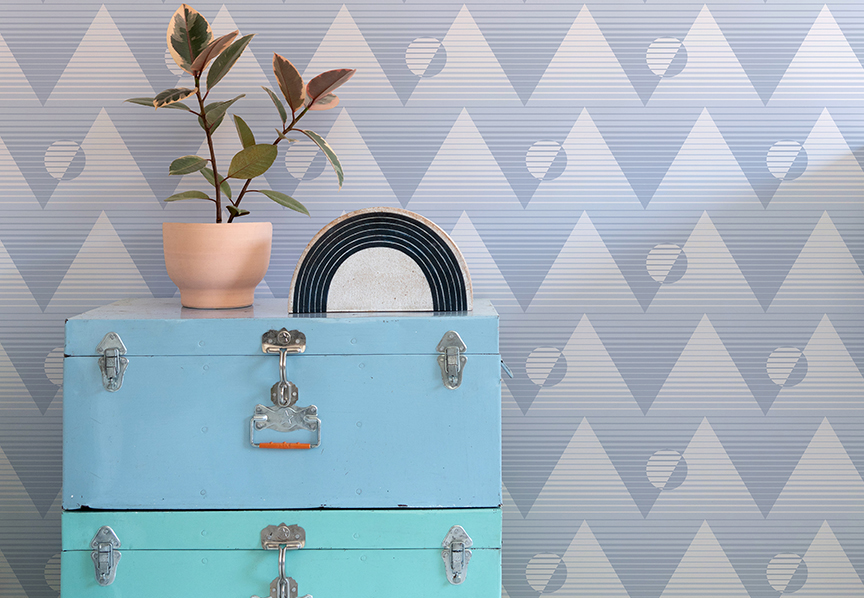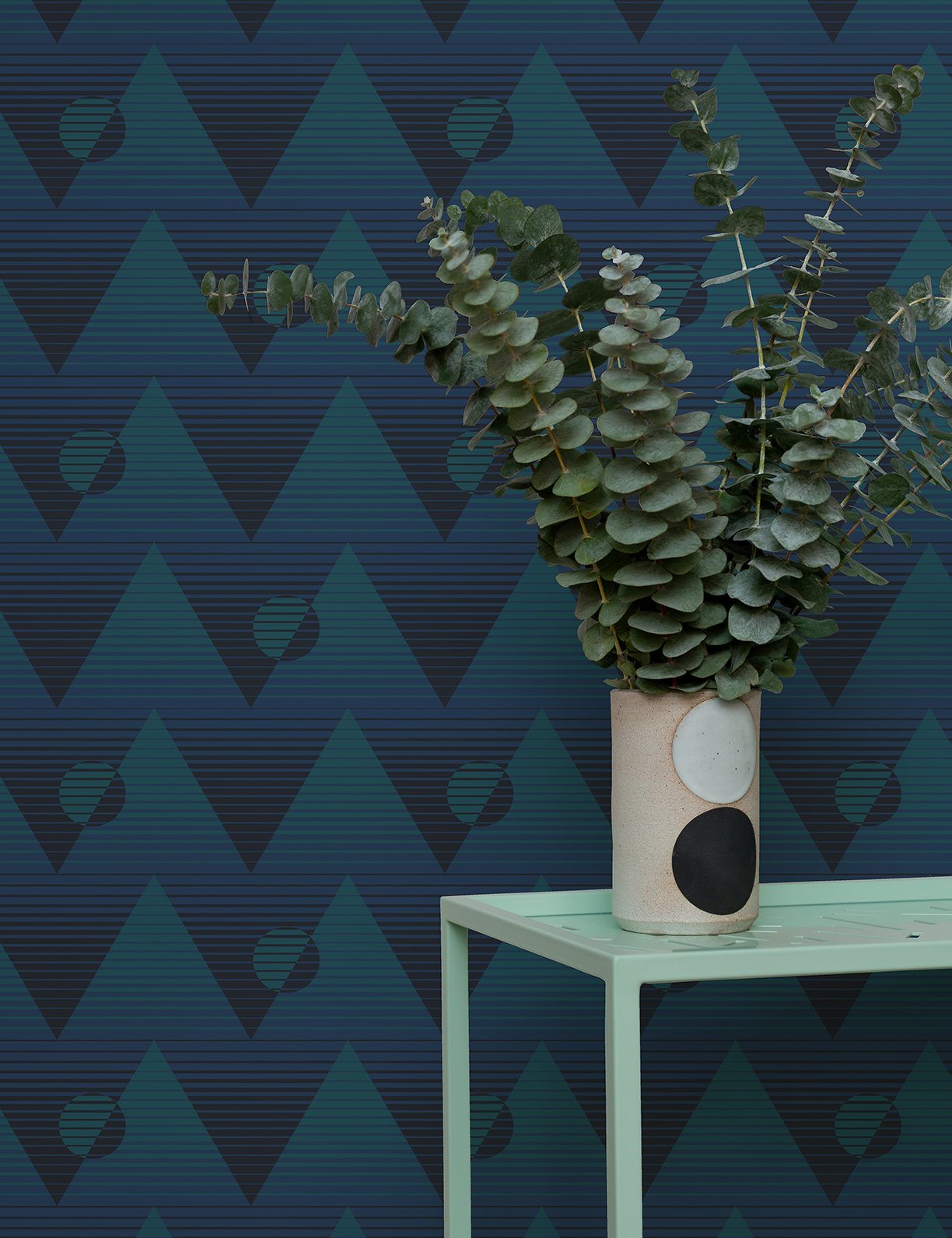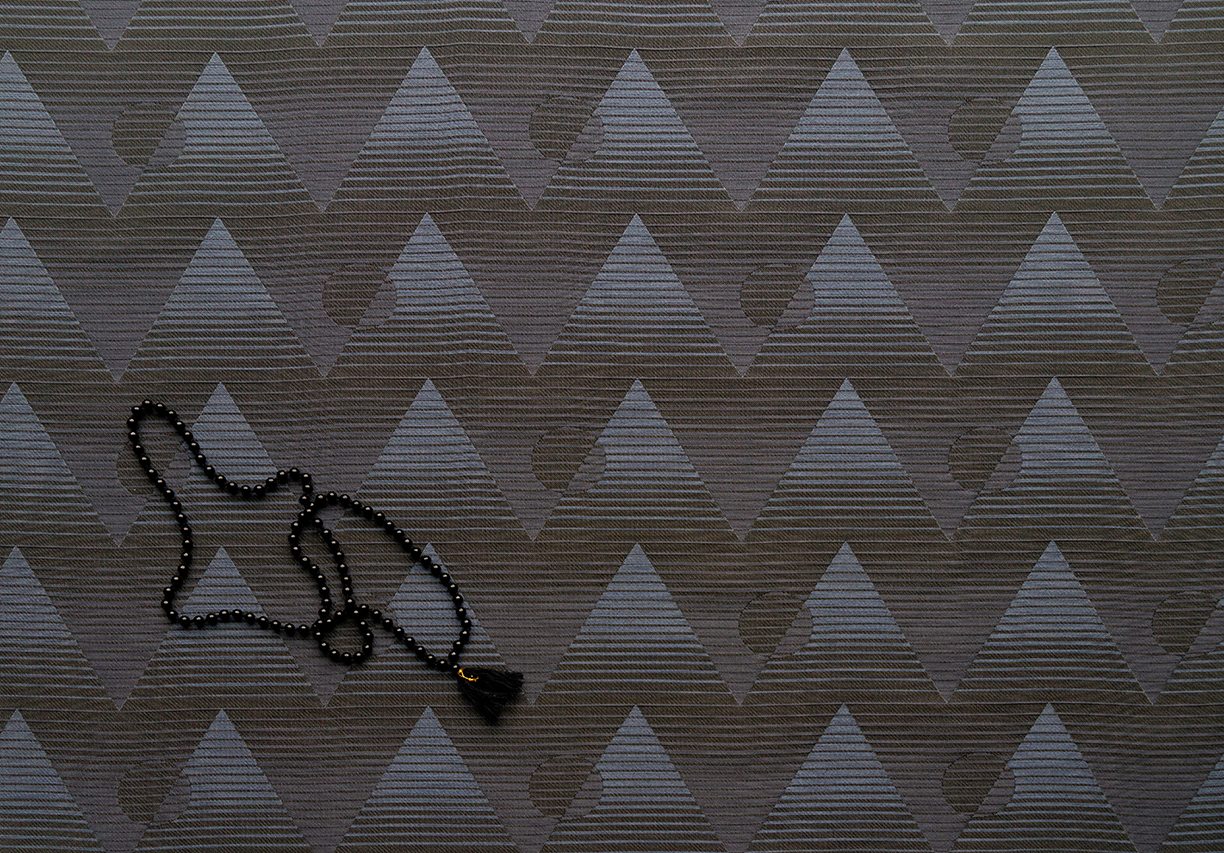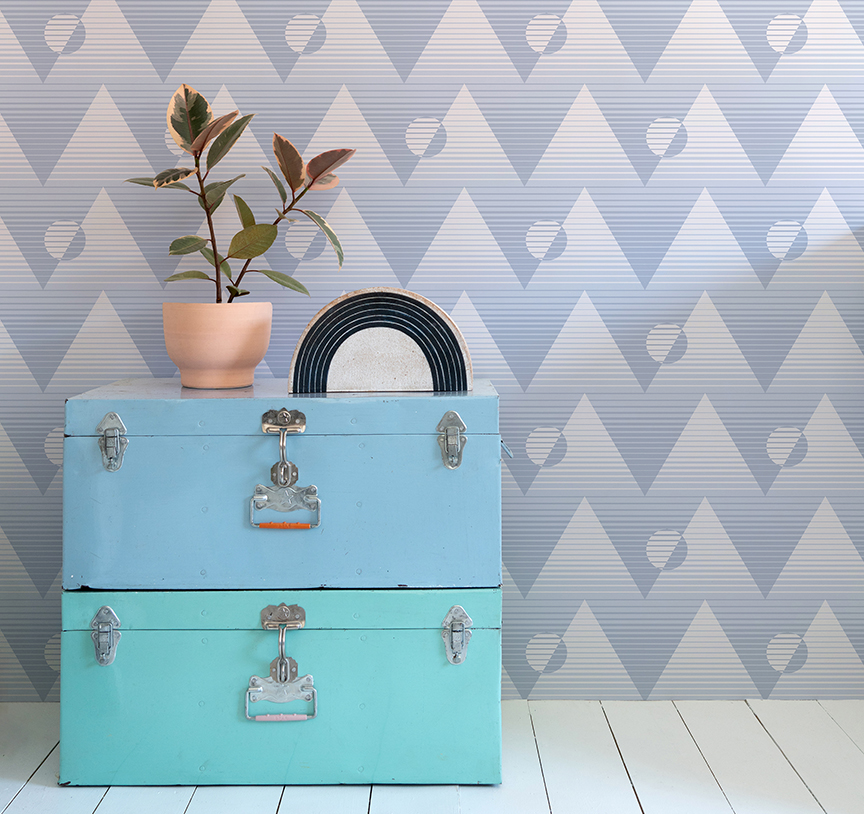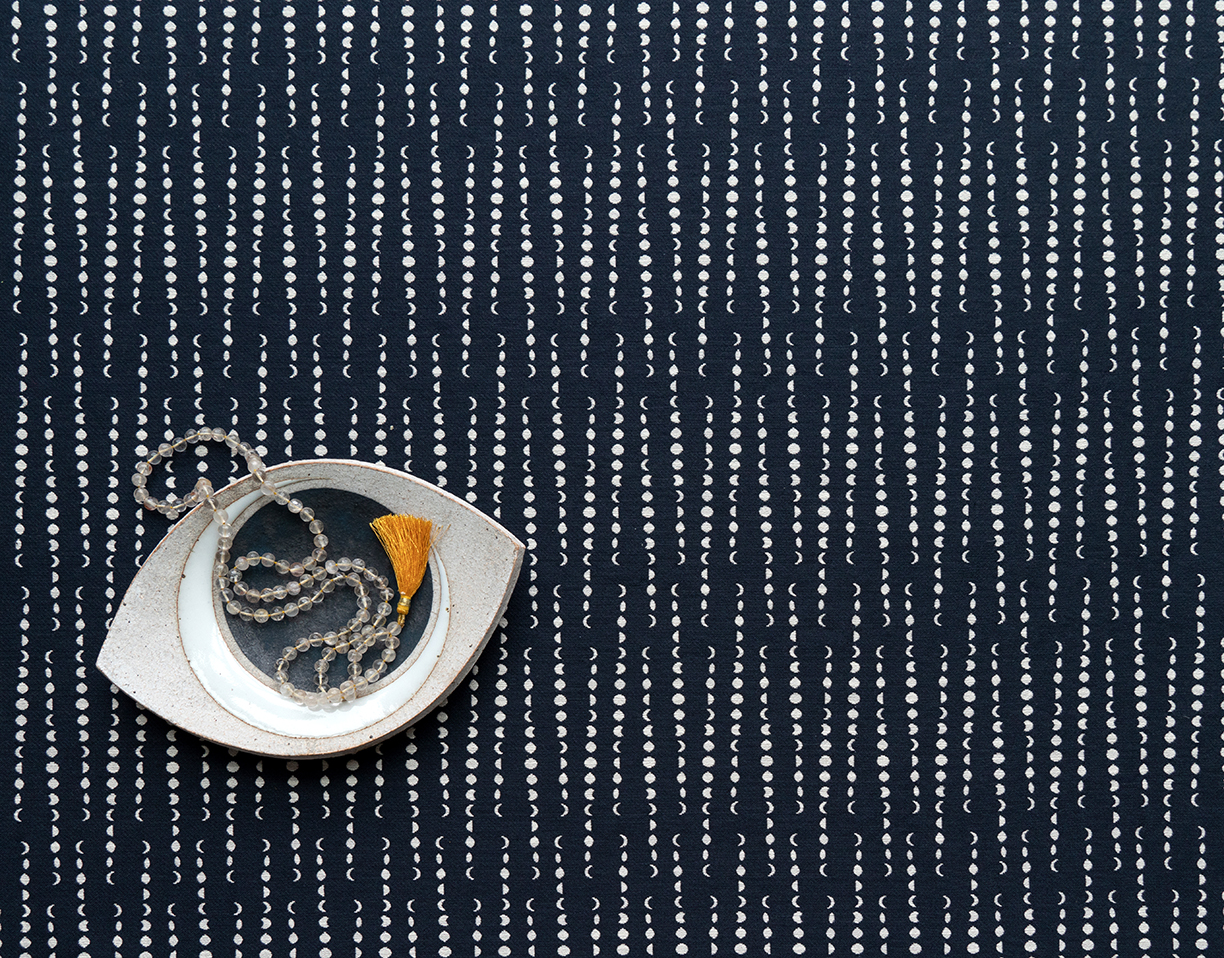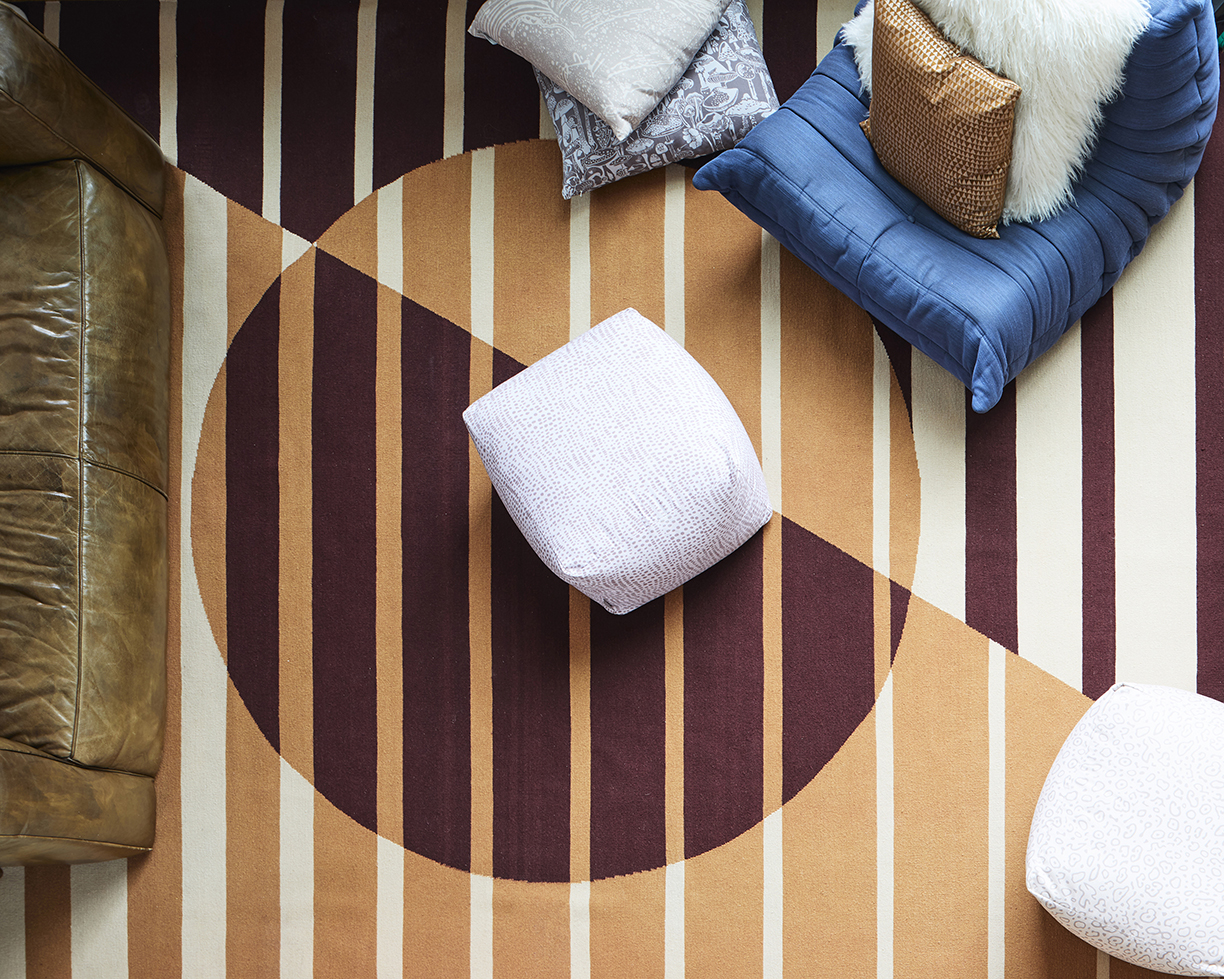While the warm weather is slowly coming to a close in most of the country, greenhouses and conservatories are great for any type of weather. Both can add a beautiful, unique addition to any home — but what’s the difference, and how do you decide between the two?
While greenhouses are primarily meant to grow plants in a climate-controlled space, a conservatory is meant to be more of a living space where plants can grow in the same area. Here’s how to decide which would be better for your home:
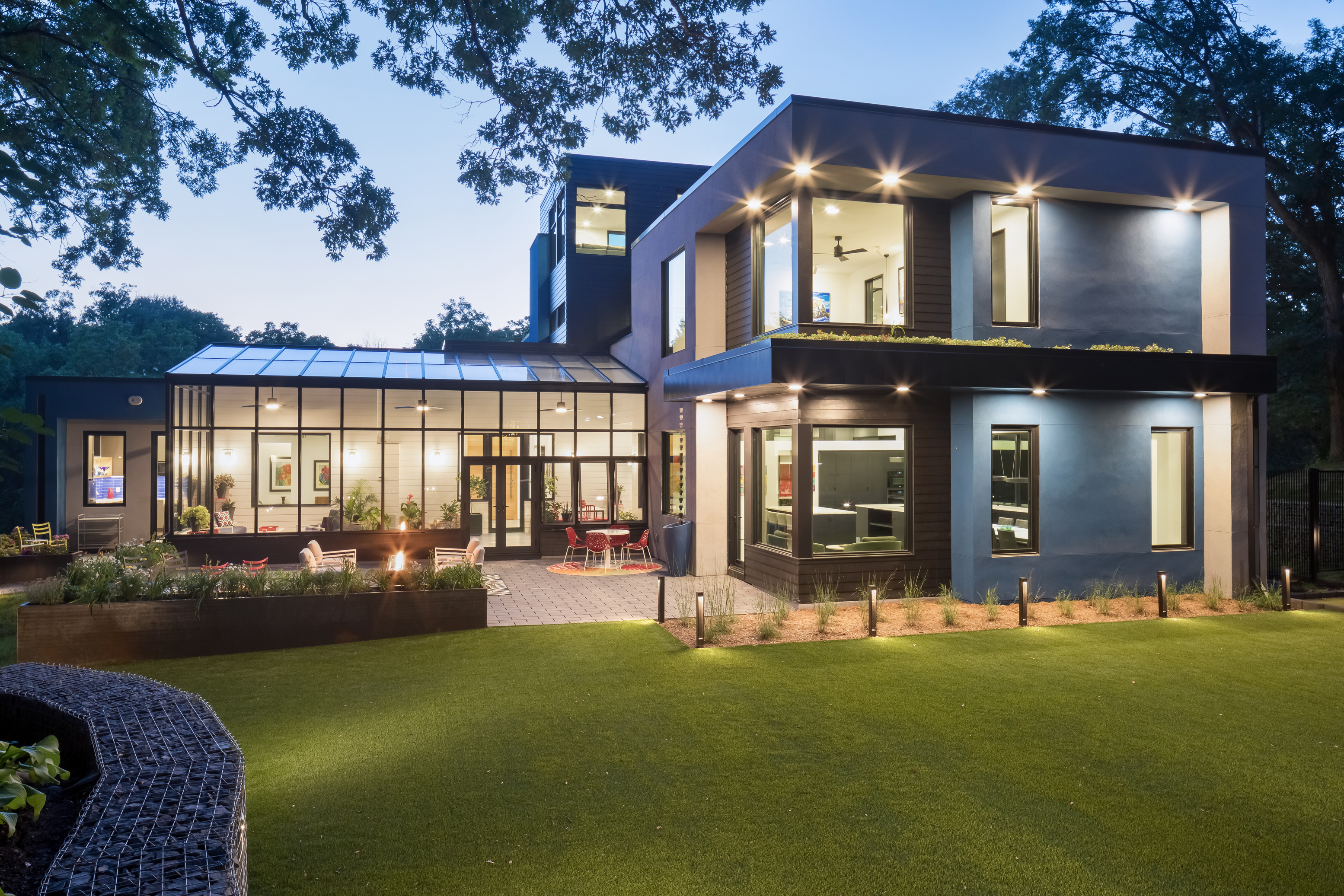
Photo courtesy of Conservatory Craftsmen

Photo courtesy of Conservatory Craftsmen
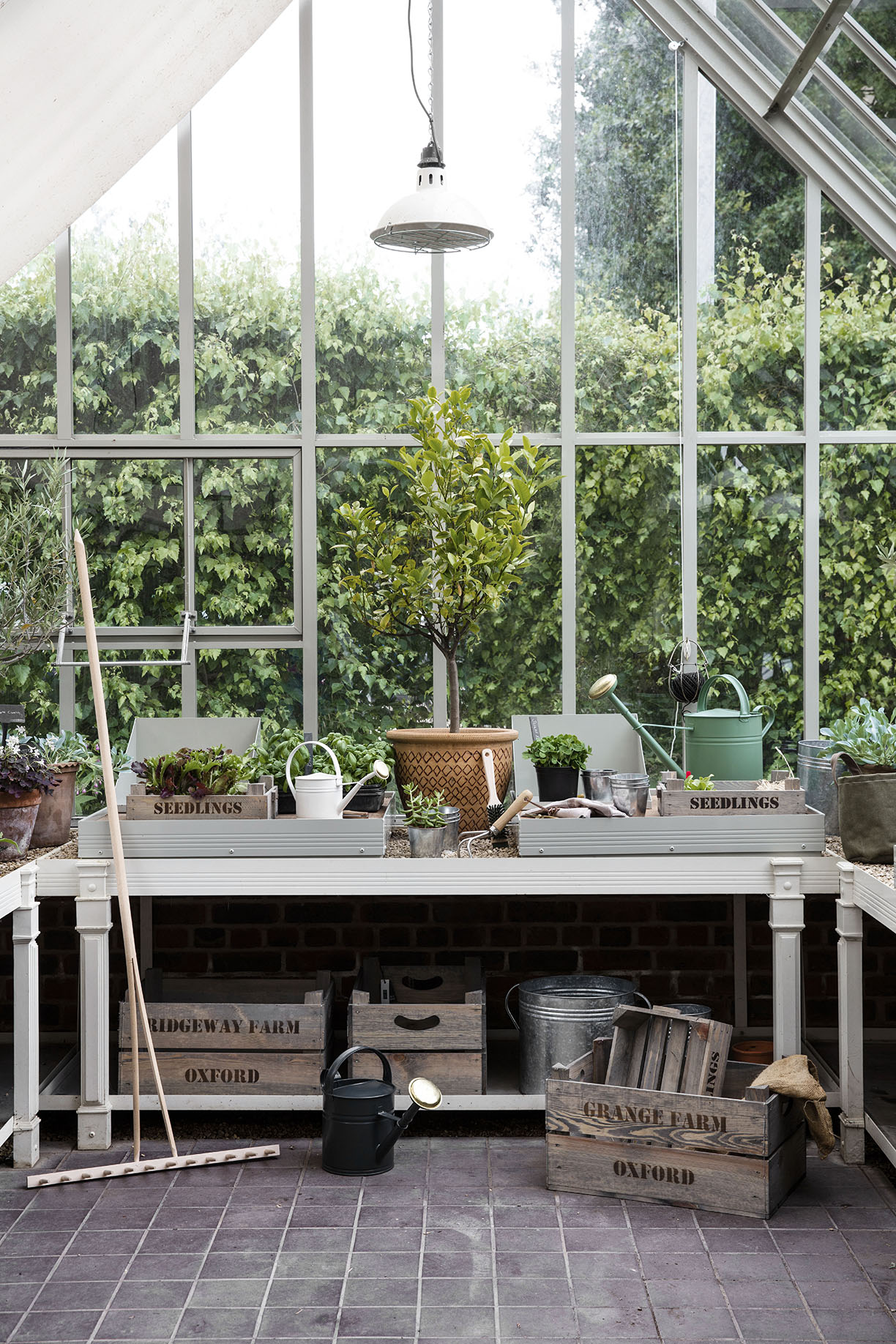
Photo courtesy of Garden Trading
1. Use of Space
If you’re looking for extra living space in the home, a conservatory would work better. Add couches and benches for comfortable seating in a relaxed atmosphere. The glass walls allow in the much-needed light to create the bright, refreshing atmosphere for you to relax in.
If you’re interested in cultivating plants and produce, a greenhouse is a better fit. While it won’t add another seating area to your home, it will contribute to the uniqueness of the home allow those who love gardening to continue their hobby all year round.
2. What are Your Hobbies?
For the green thumb, adding a greenhouse to the home is always a step in the right direction. The main purpose for the area is to cultivate plants regardless of the weather outside, which will keep the hobby alive during all seasons of the year. Used solely for growing plants, it’s important to understand the commitment involved with keeping a greenhouse alive. The space requires upkeep, which may only be enjoyable for someone who loves gardening.
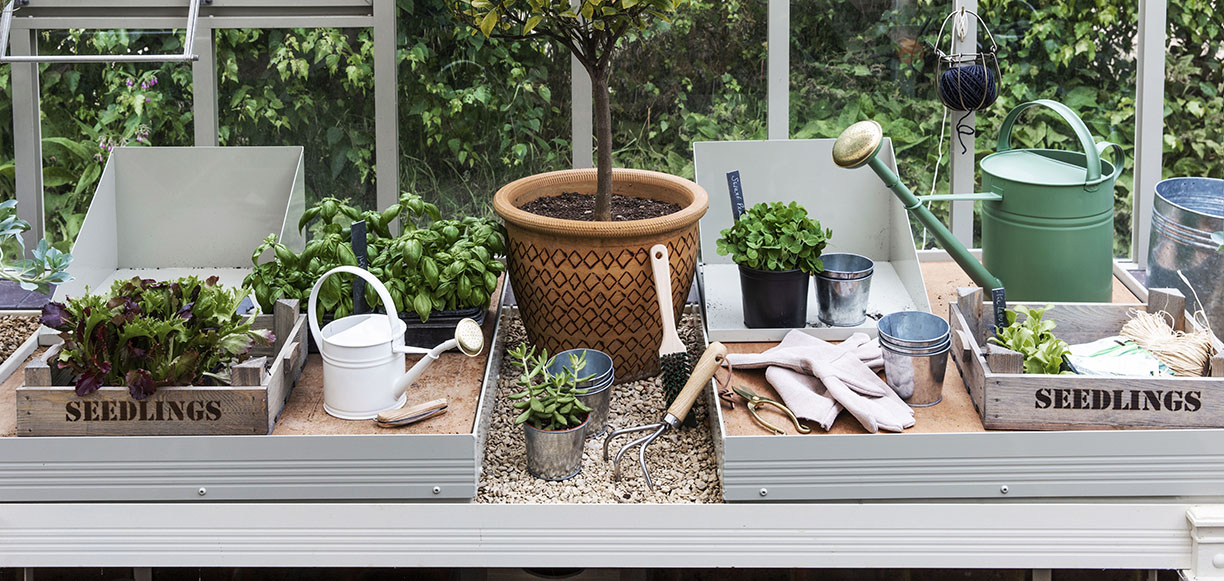
Photo courtesy of Garden Trading
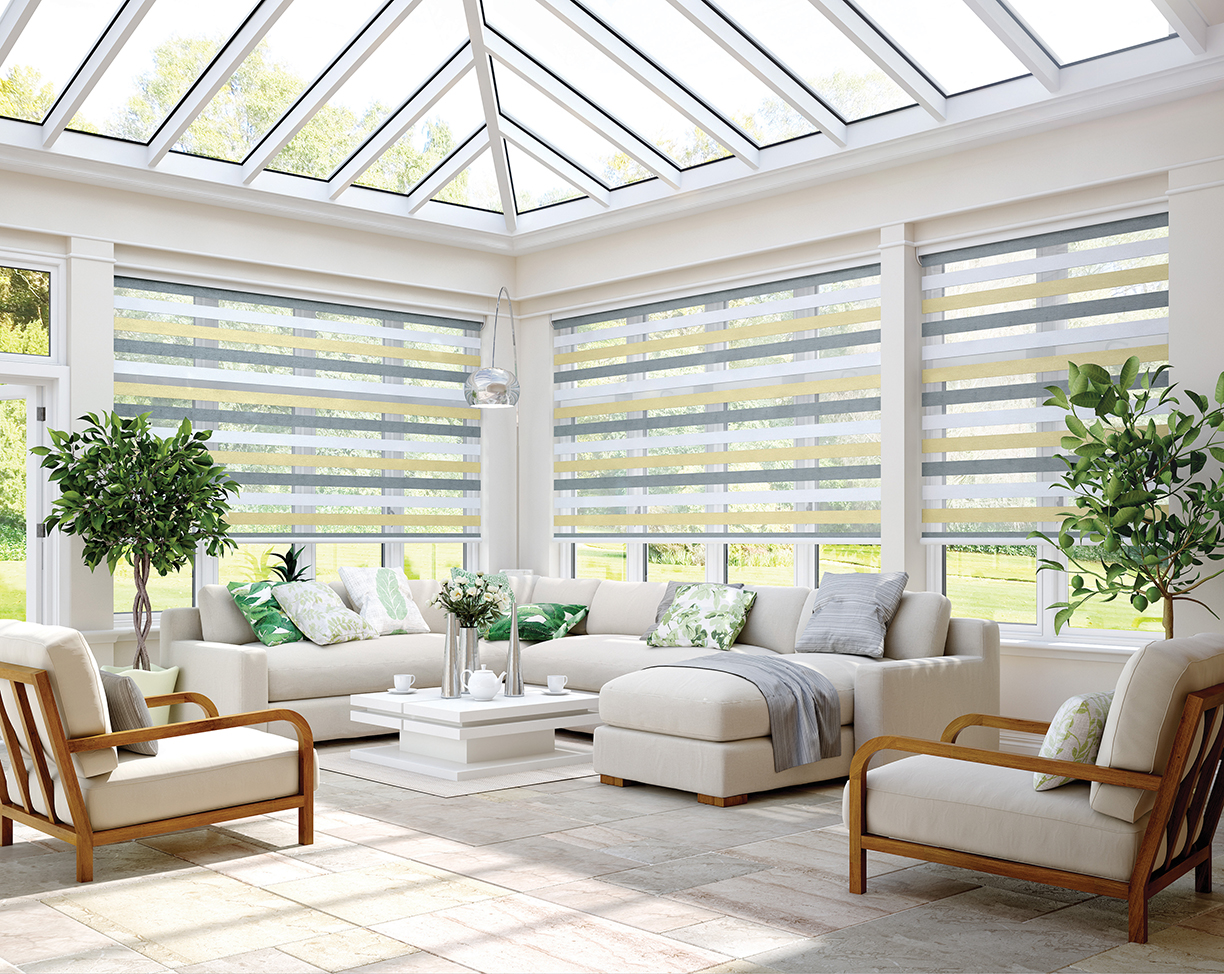
Photo courtesy of English Blinds
For the person who likes to read and relax more than garden, a conservatory might be a better fit. While still allowing the individual to connect with nature, they don’t have to be as involved as a greenhouse owner would.
3. Atmosphere is Everything
The atmosphere in a greenhouse would be much different than in a conservatory. Look toward a greenhouse if a more nature-oriented atmosphere centered on gardening is desired.
Meanwhile, a conservatory will have a more finished and refined atmosphere with its furnishings. While still oriented around nature and the plants it holds, it is much less involved in the gardening process and therefore has a more polished atmosphere than a greenhouse.
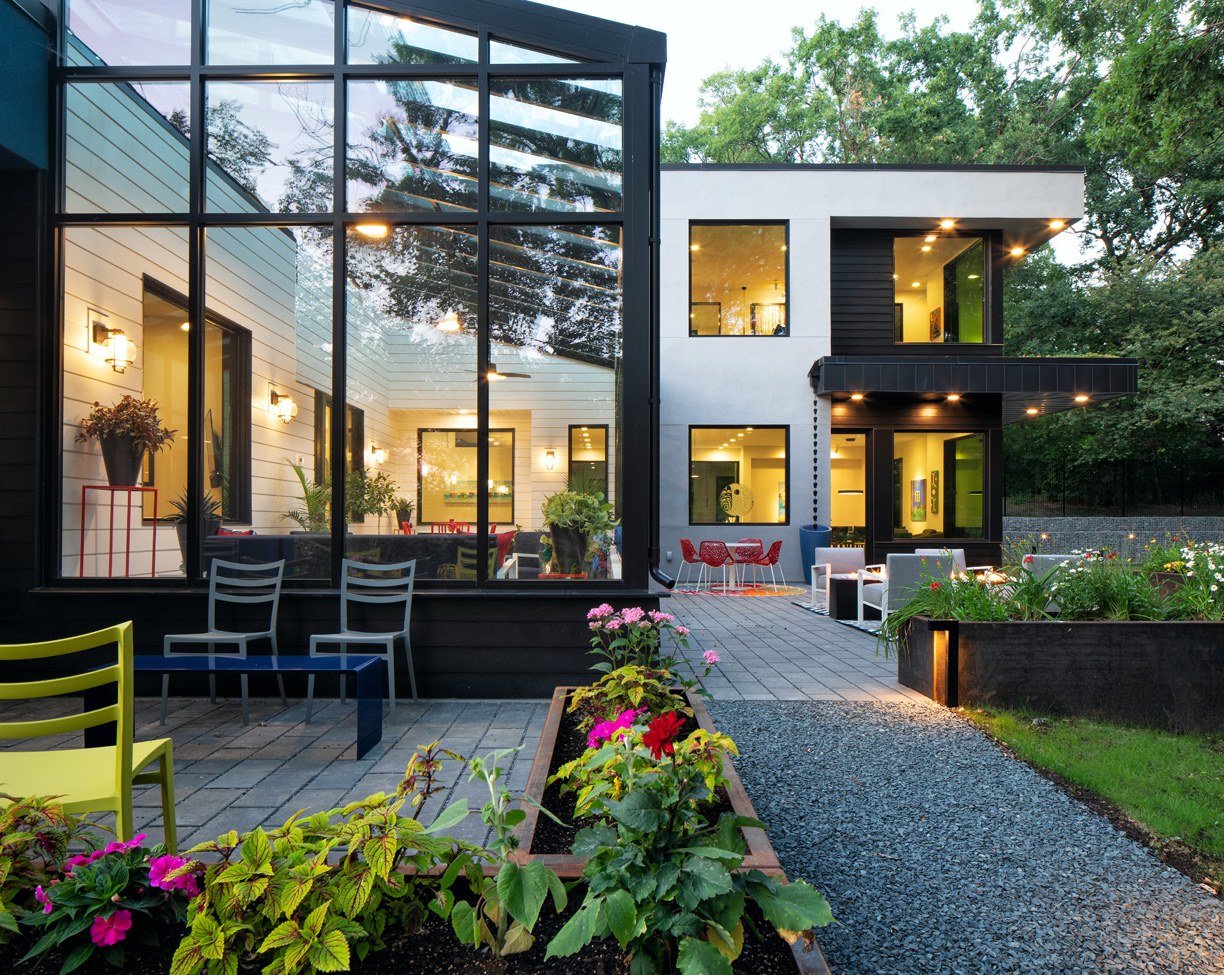
Photo courtesy of Conservatory Craftsmen
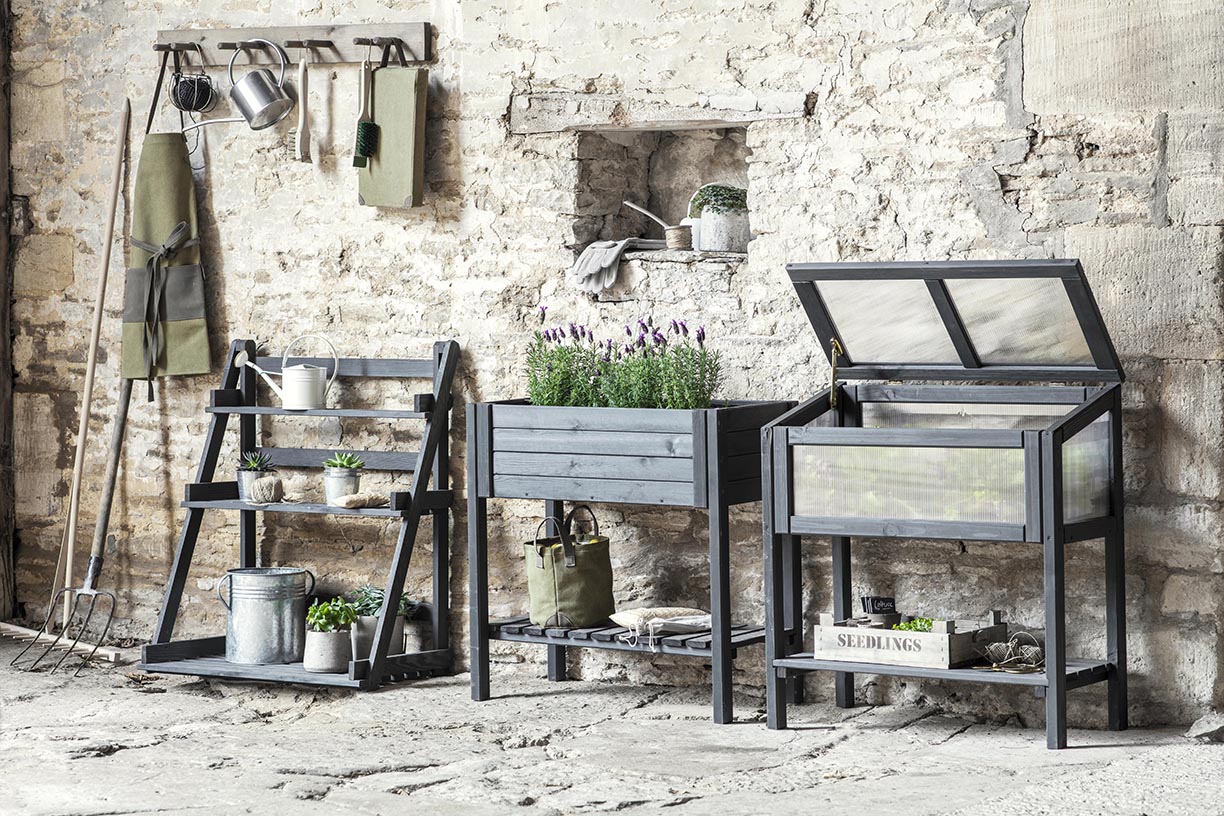
Photo courtesy of Garden Trading
4. Overall Style
For a more modern and refined style, a conservatory is the right direction — while involved in nature, it is primarily meant for relaxing near the outdoors during any season of the year.
While both add a unique addition to any home, a greenhouse is a niche space for those who love nature and gardening during all seasons of the year. For a more eccentric look, a greenhouse is the perfect fit.




